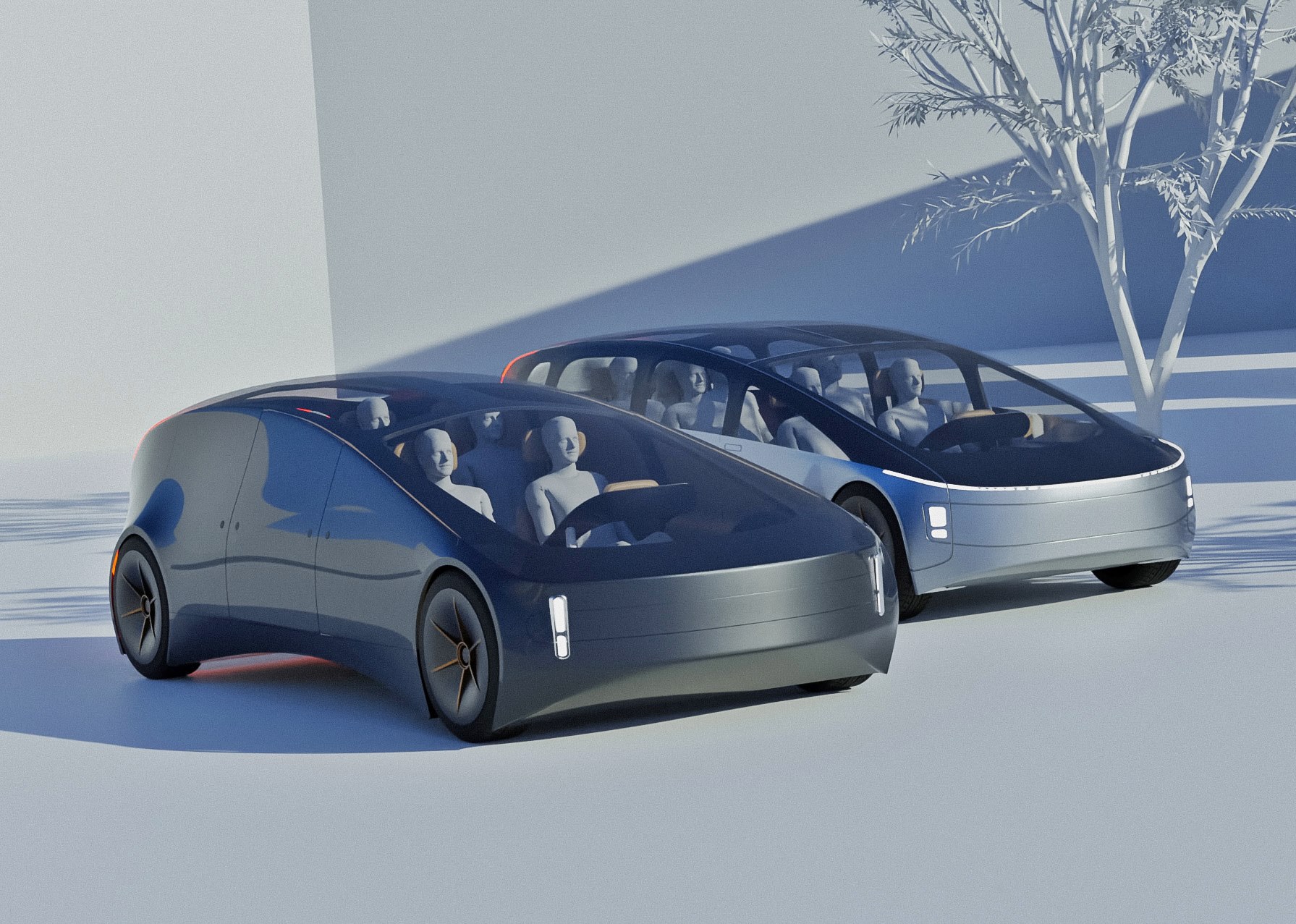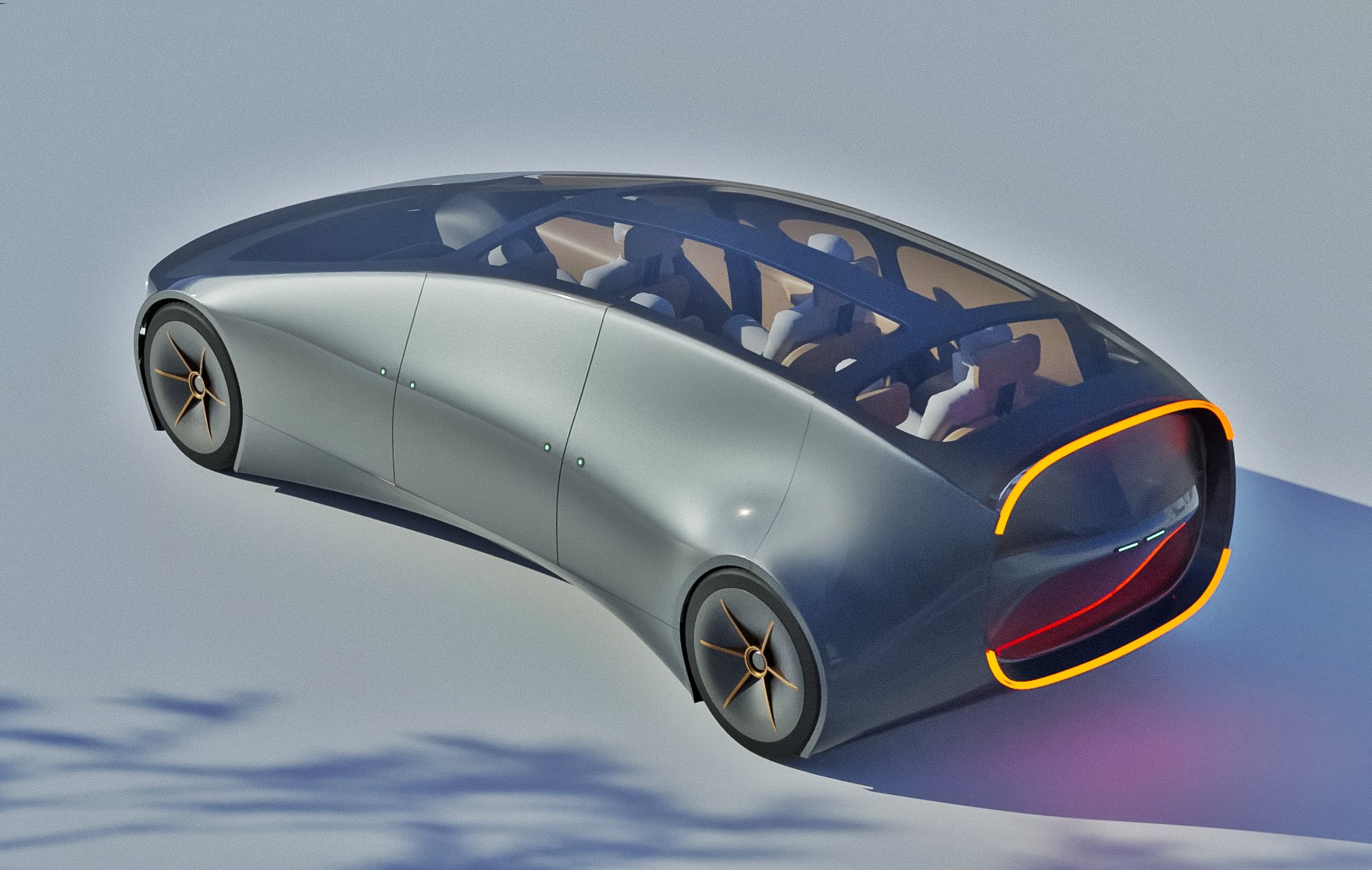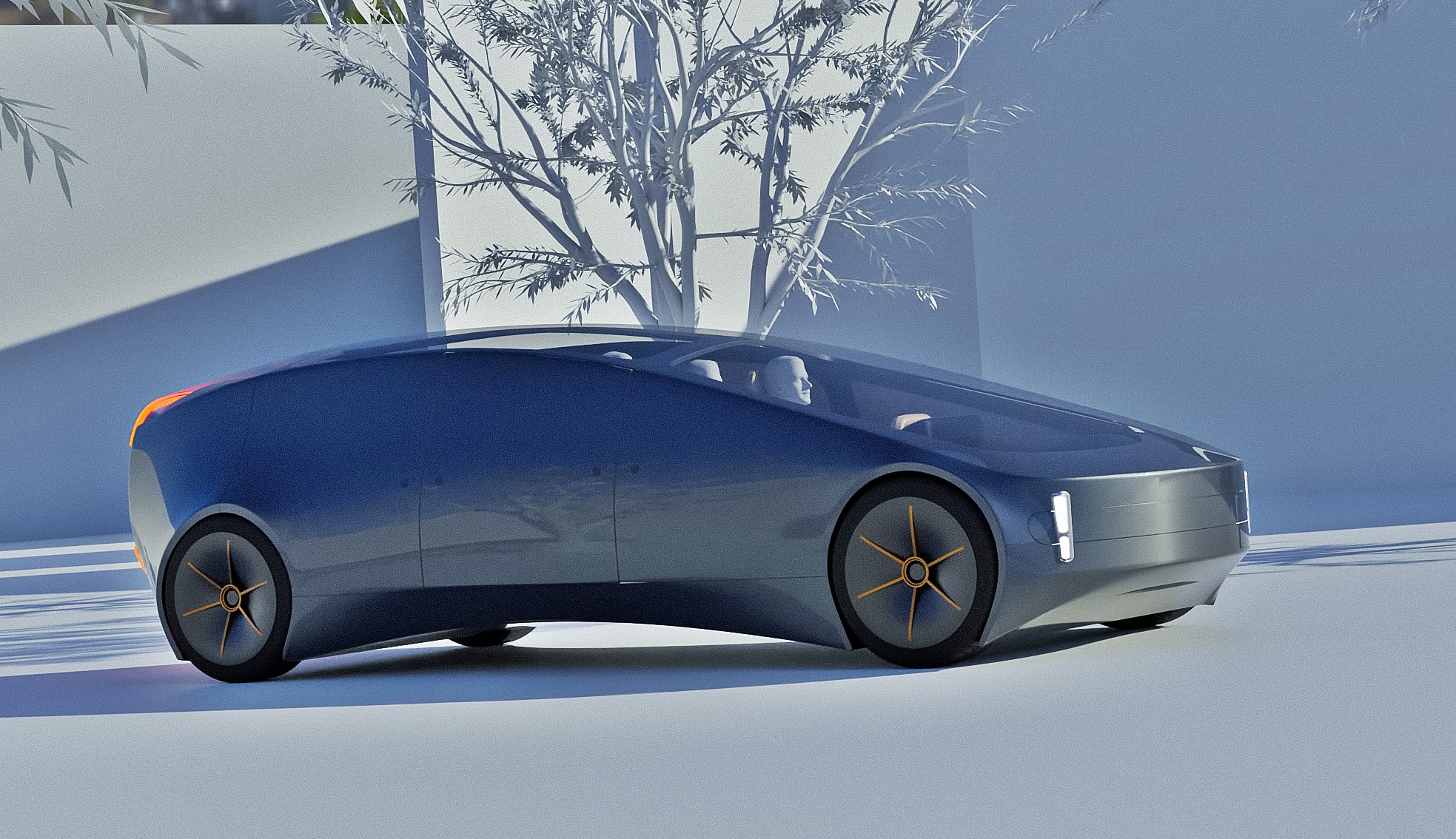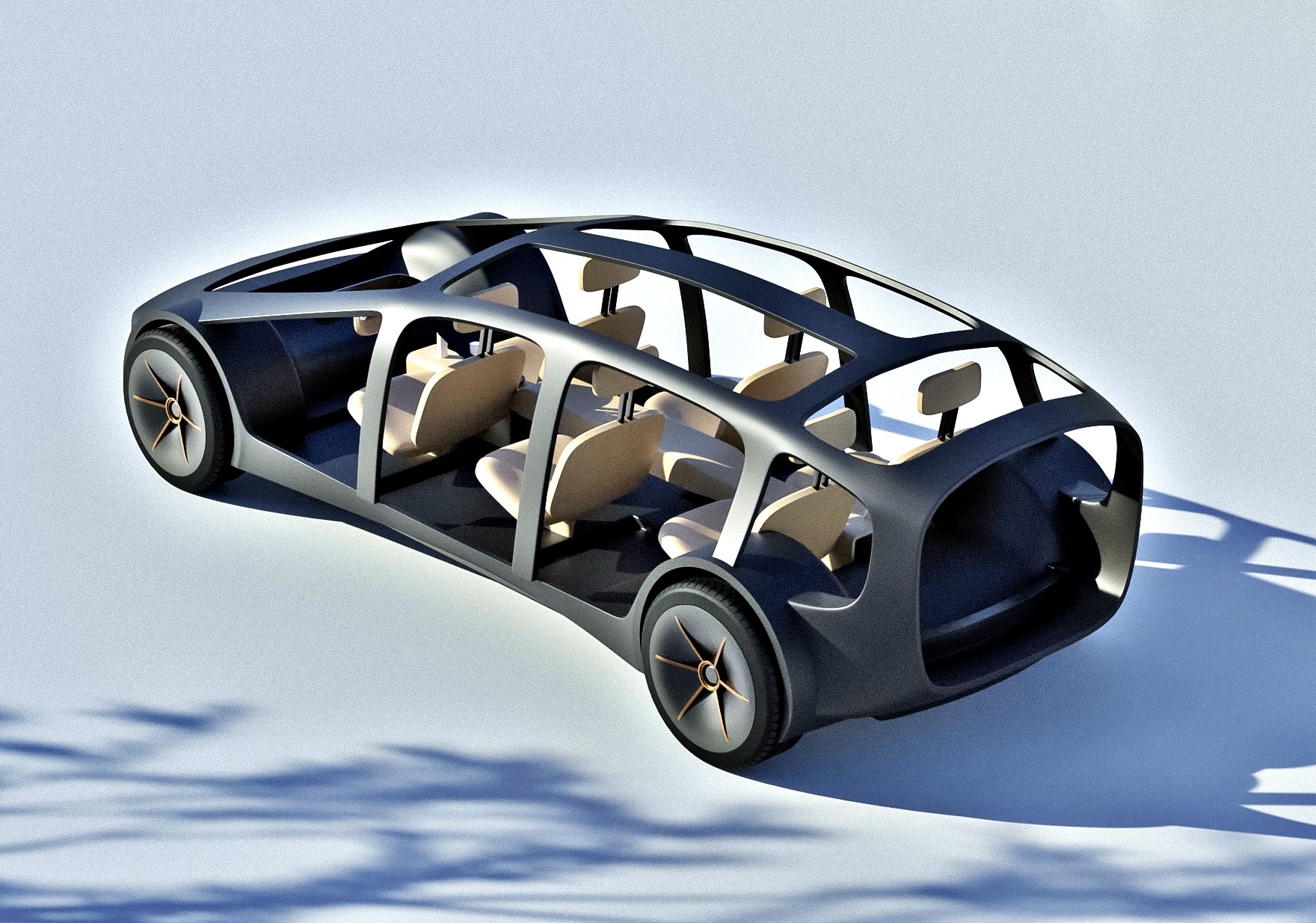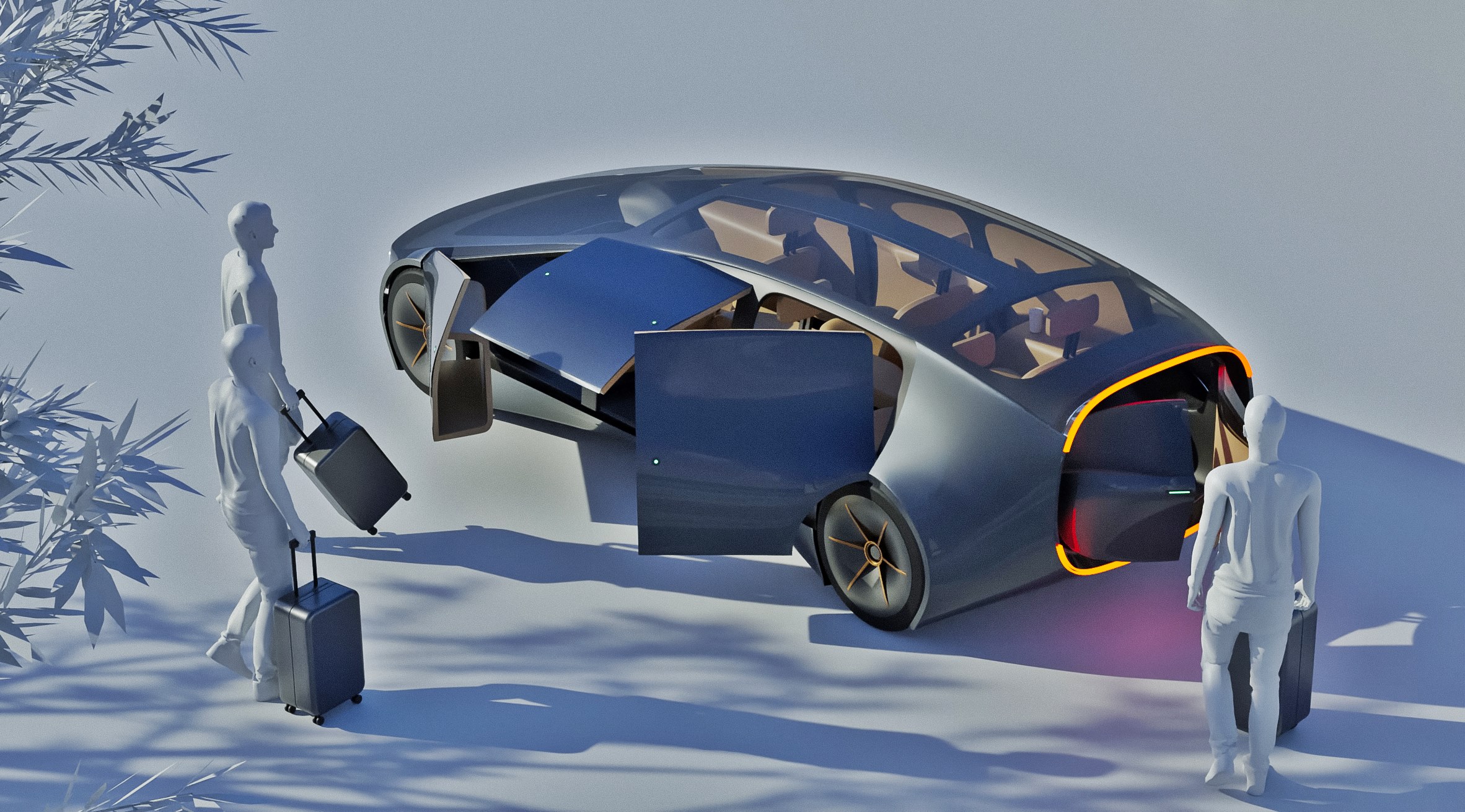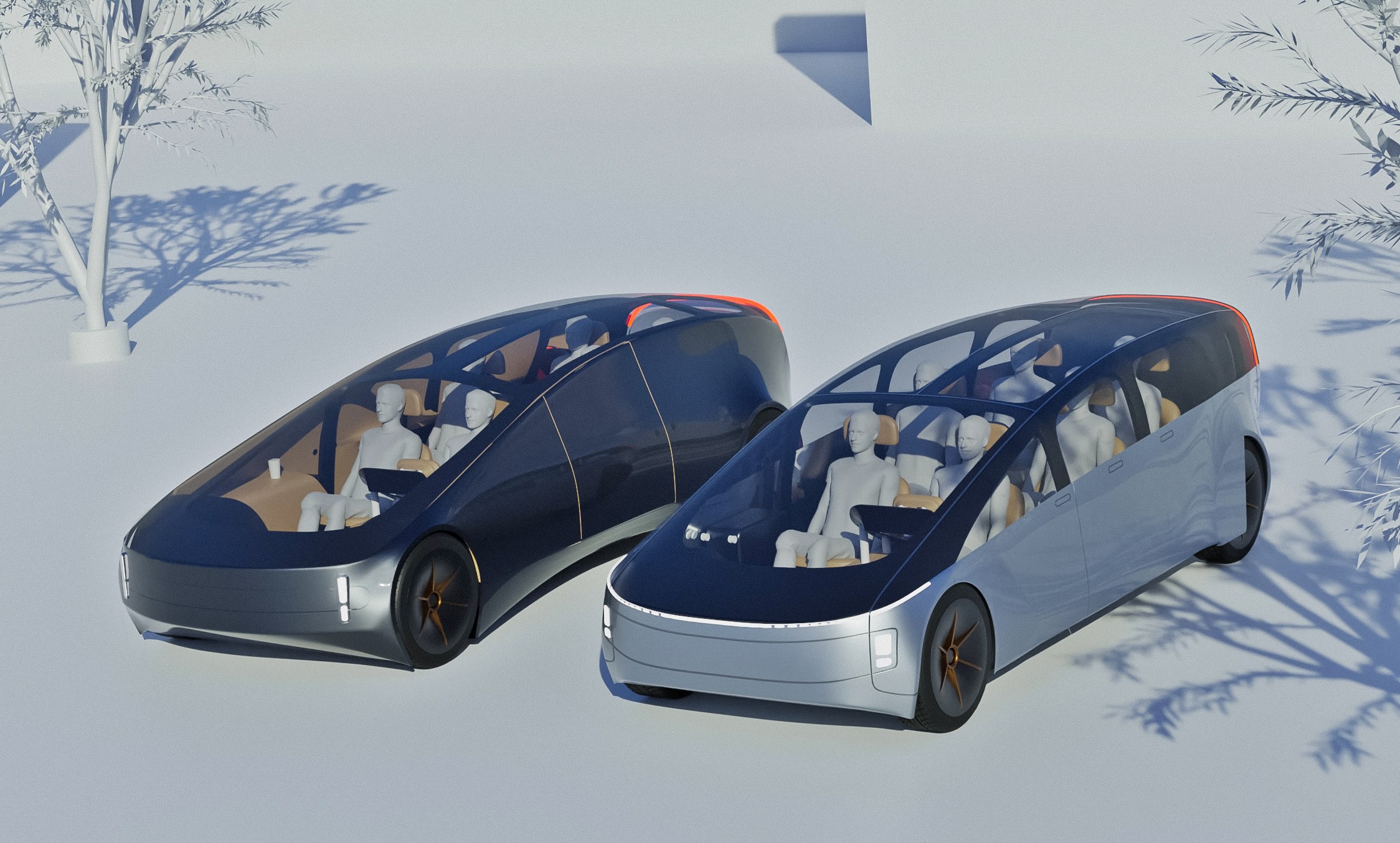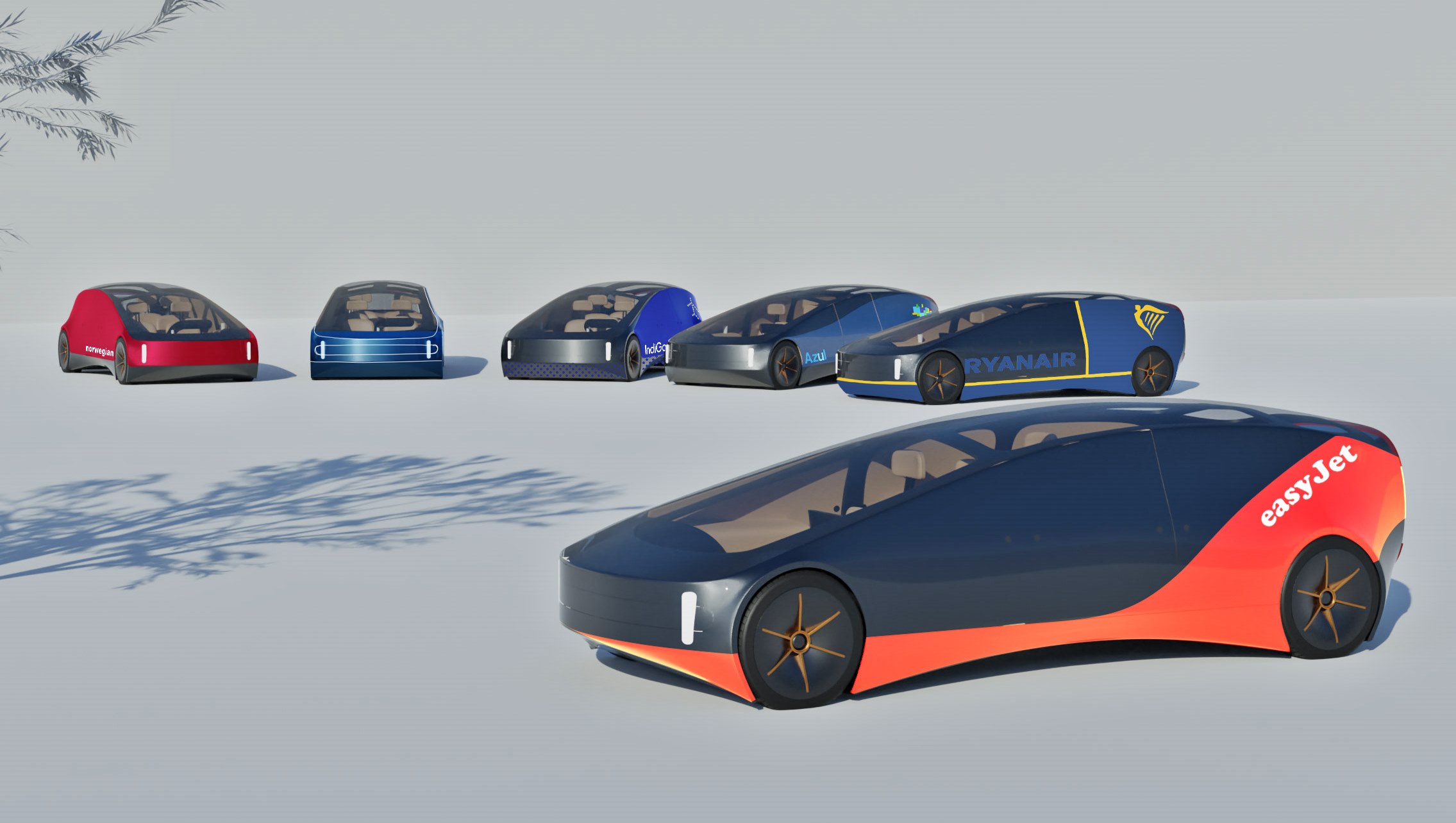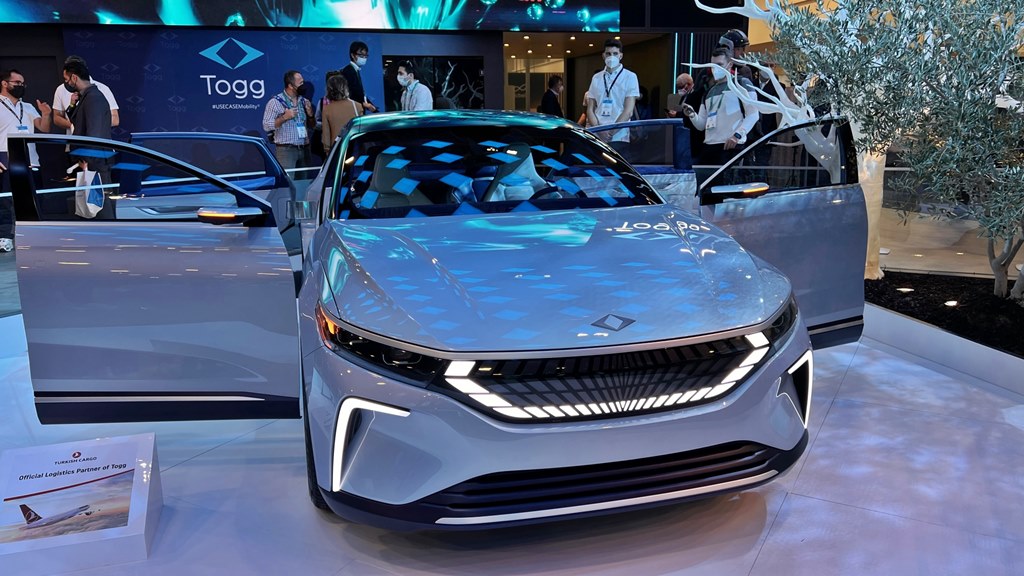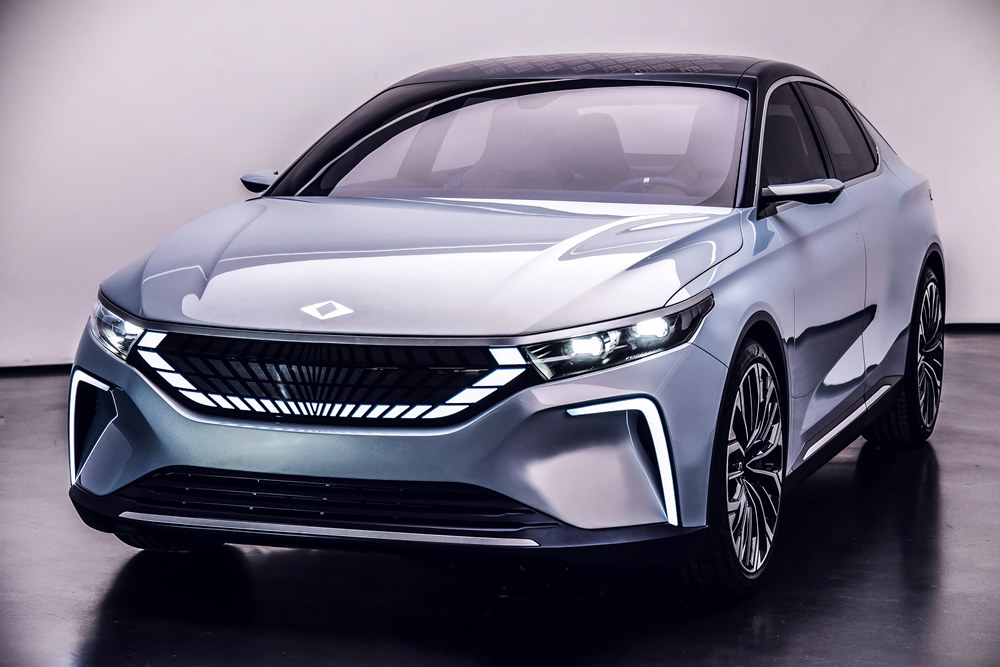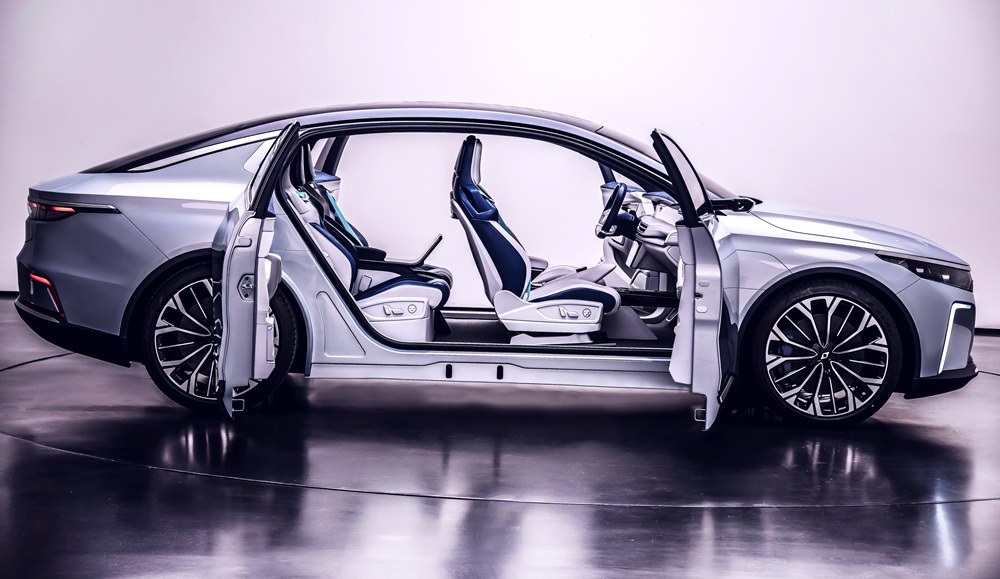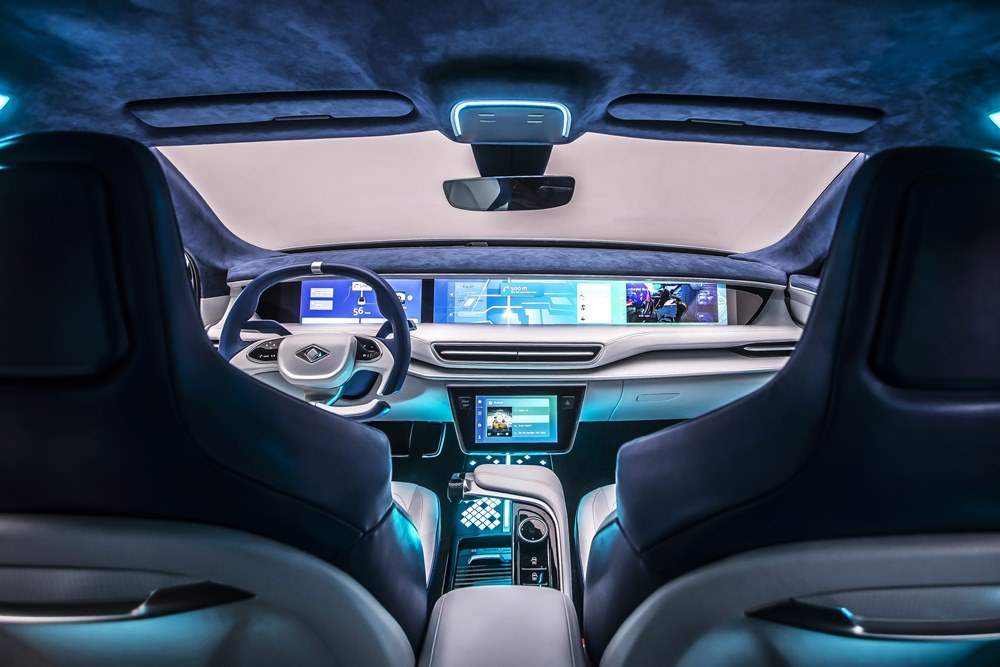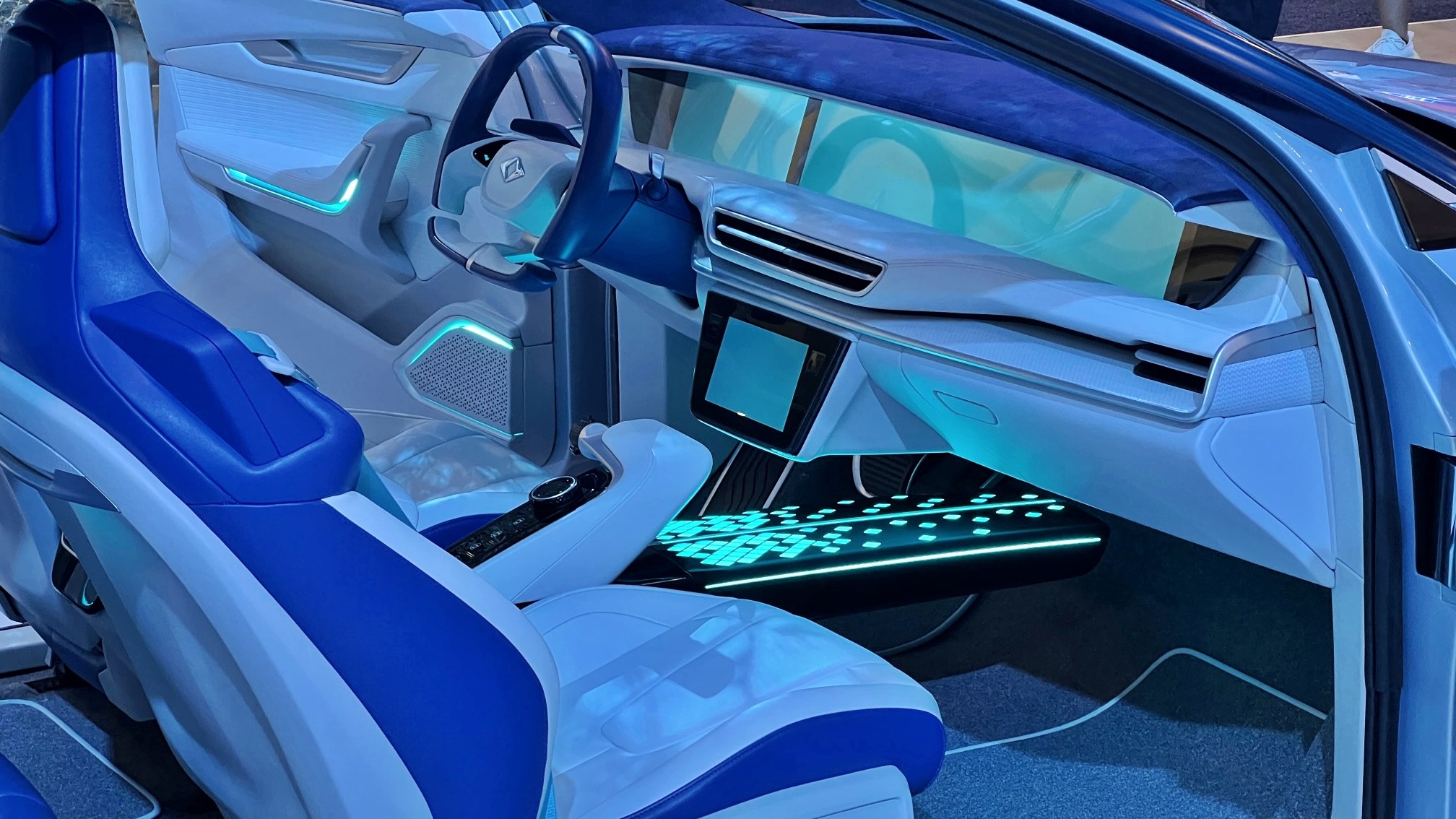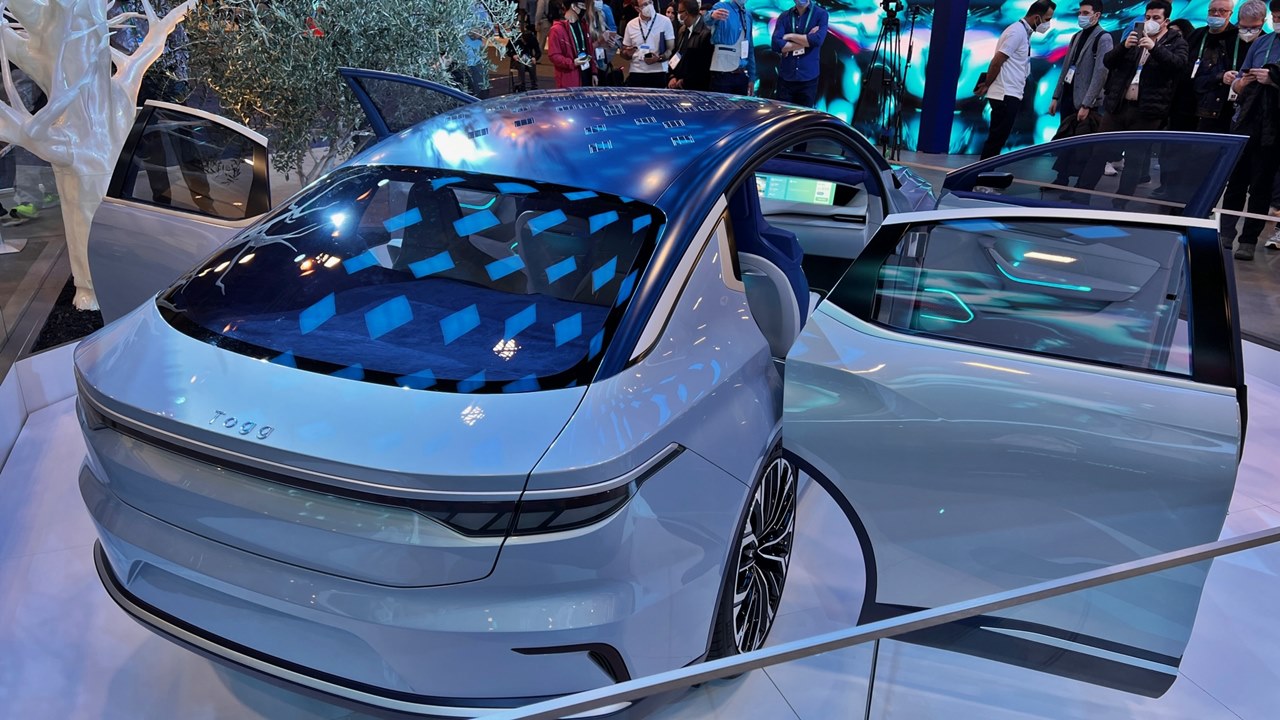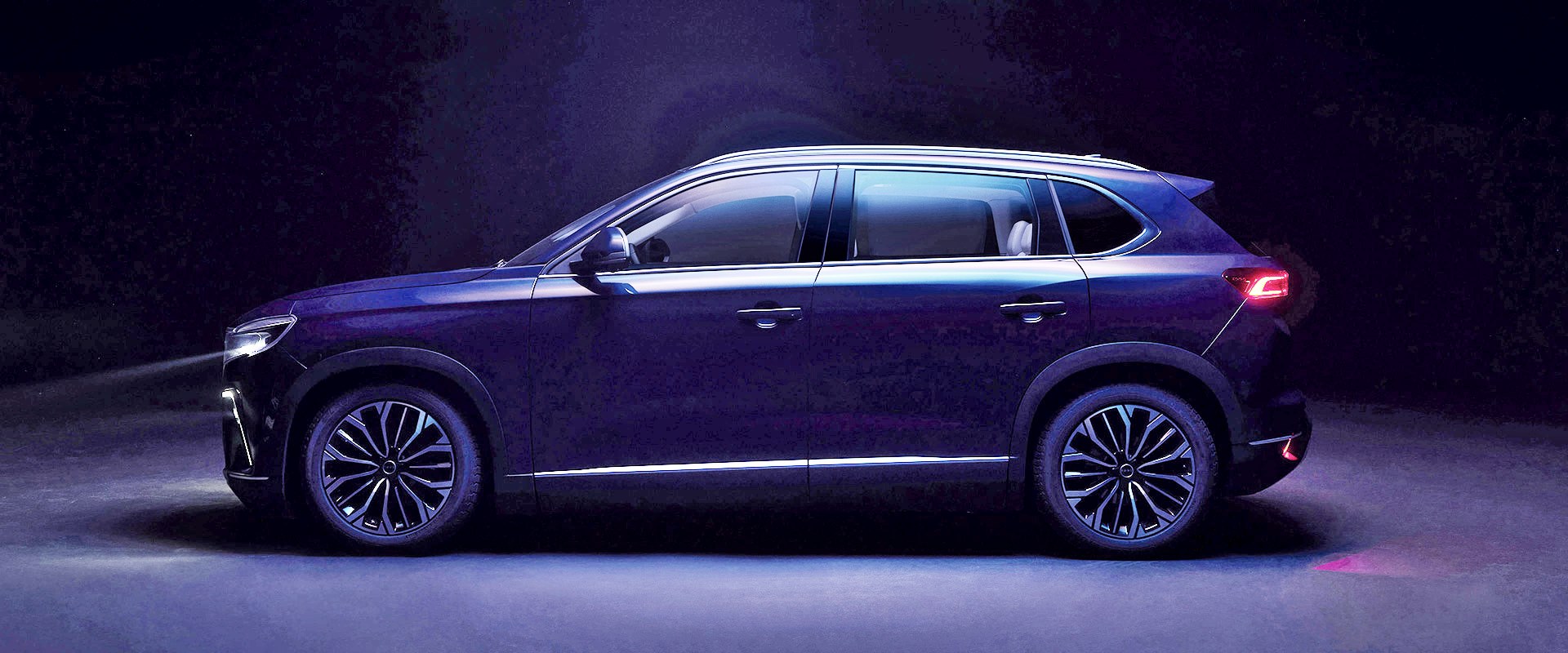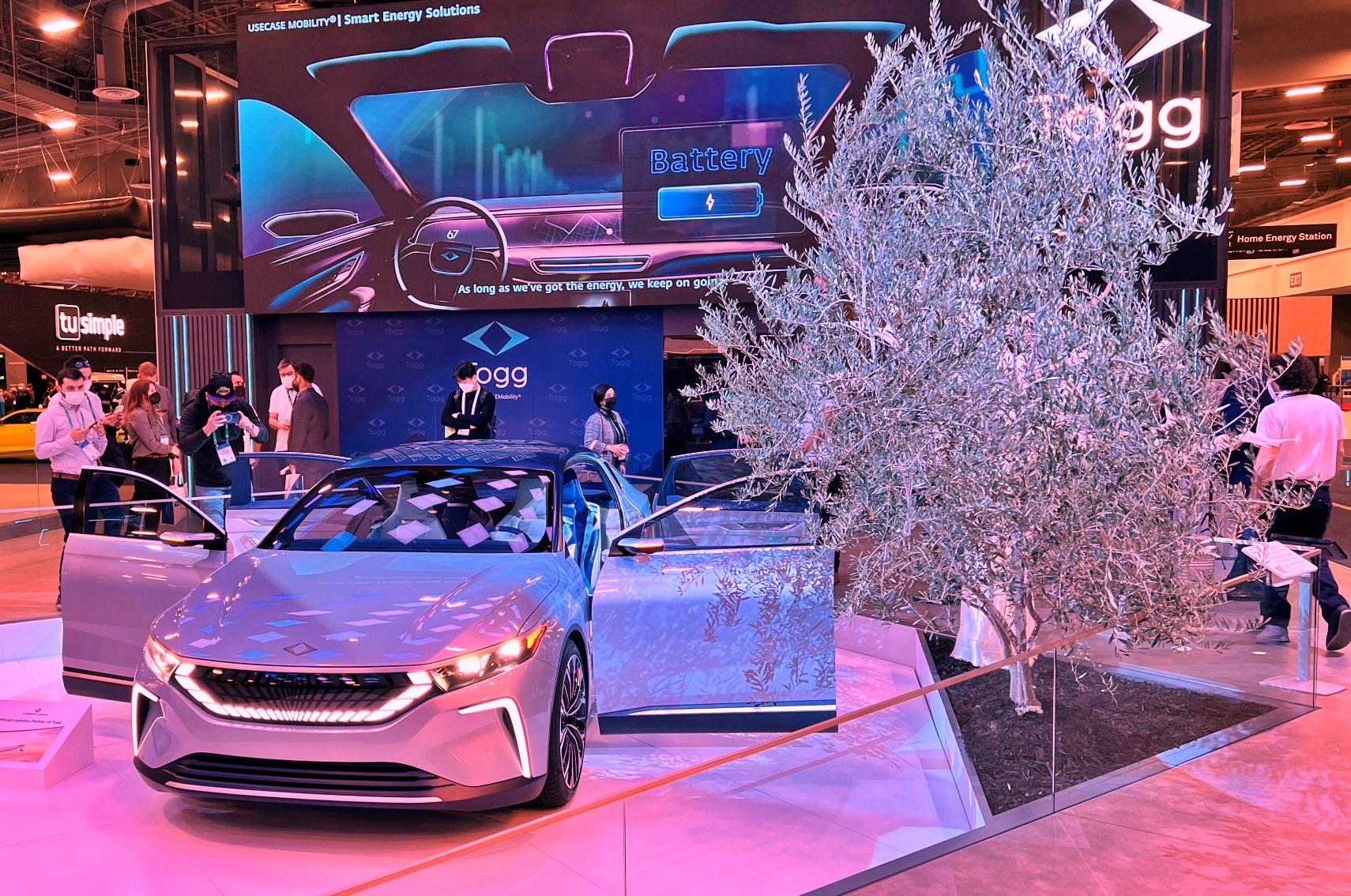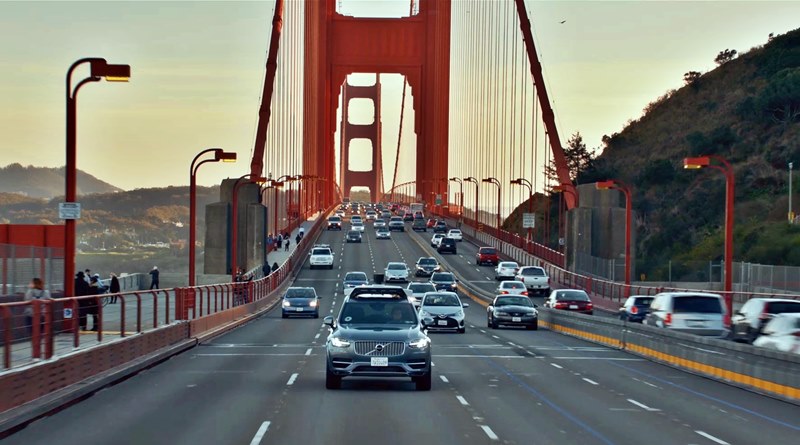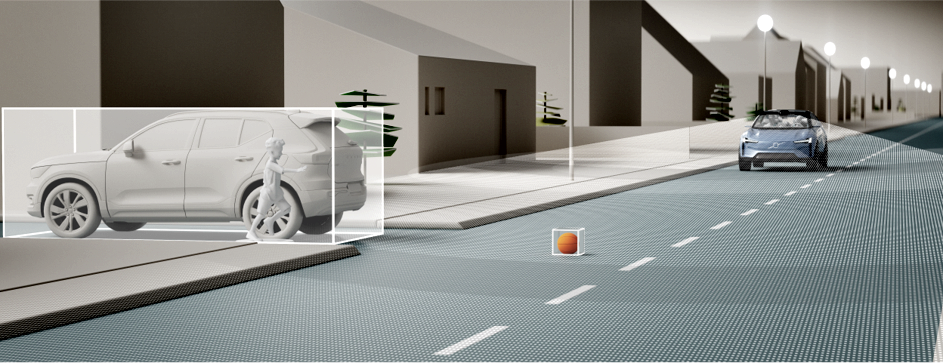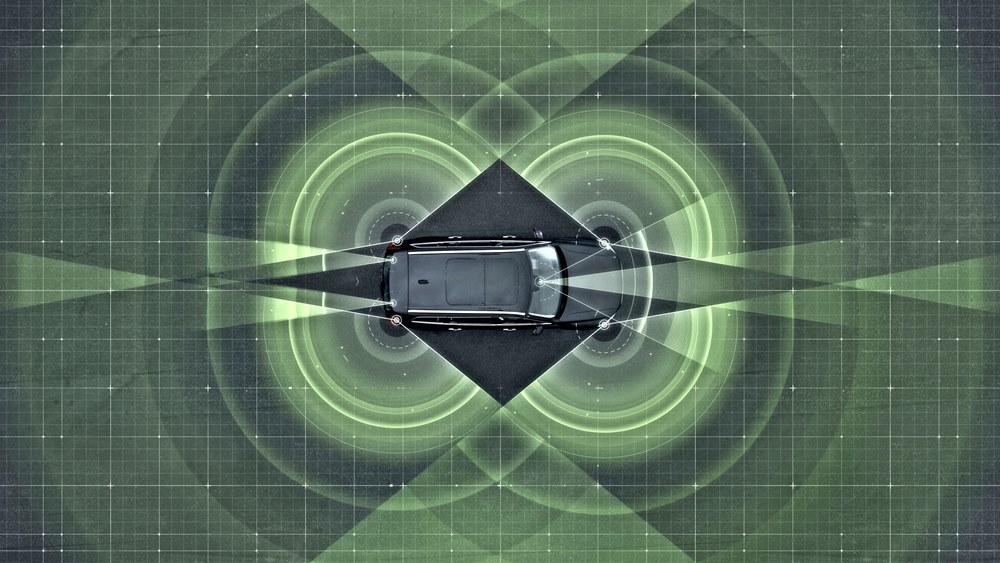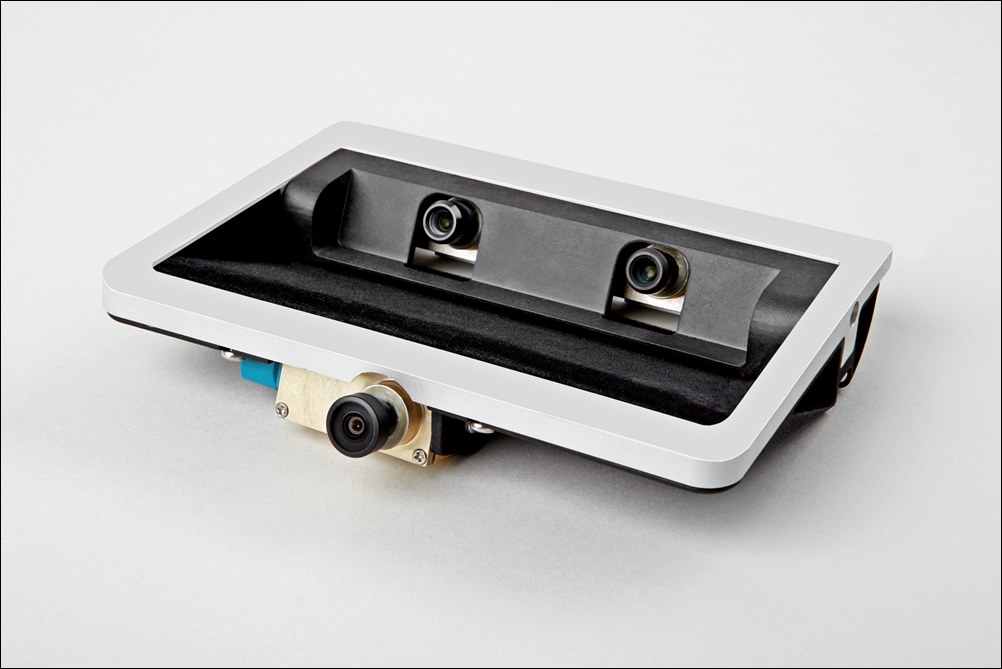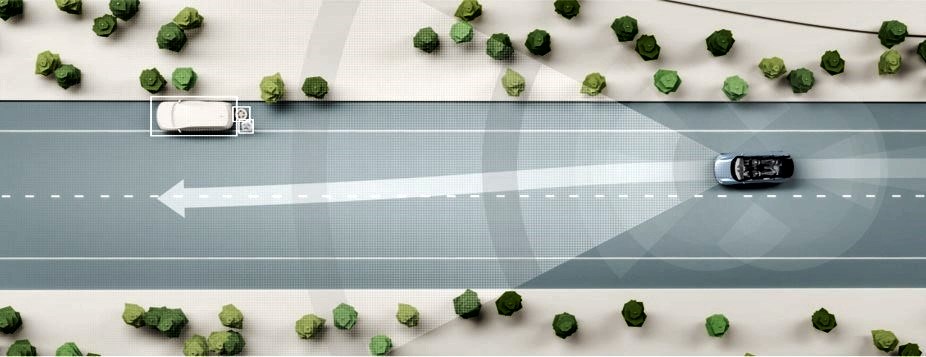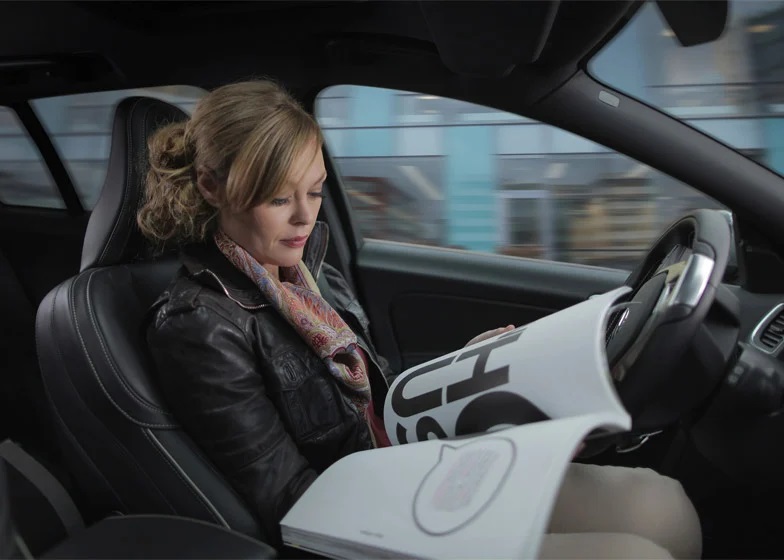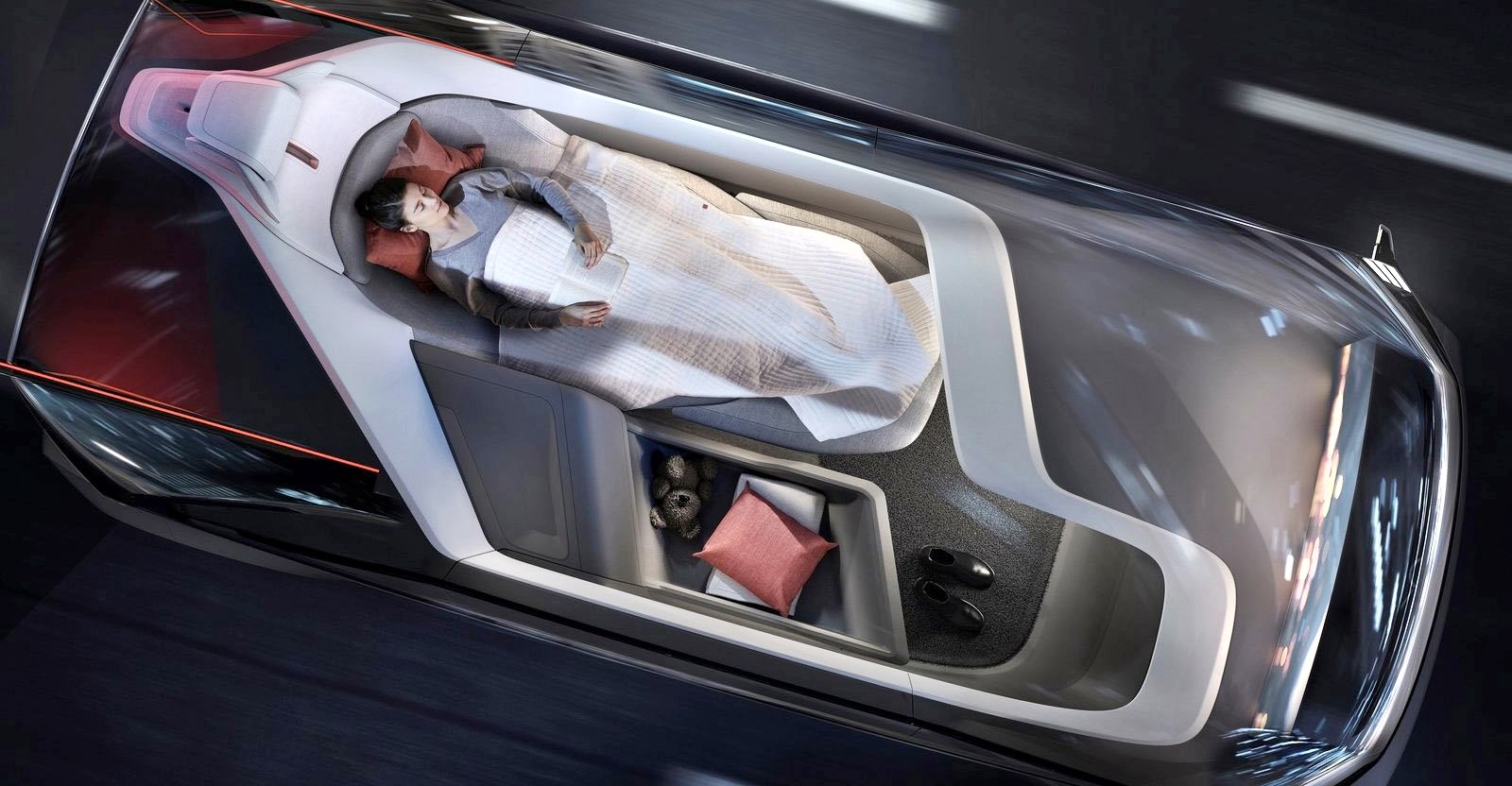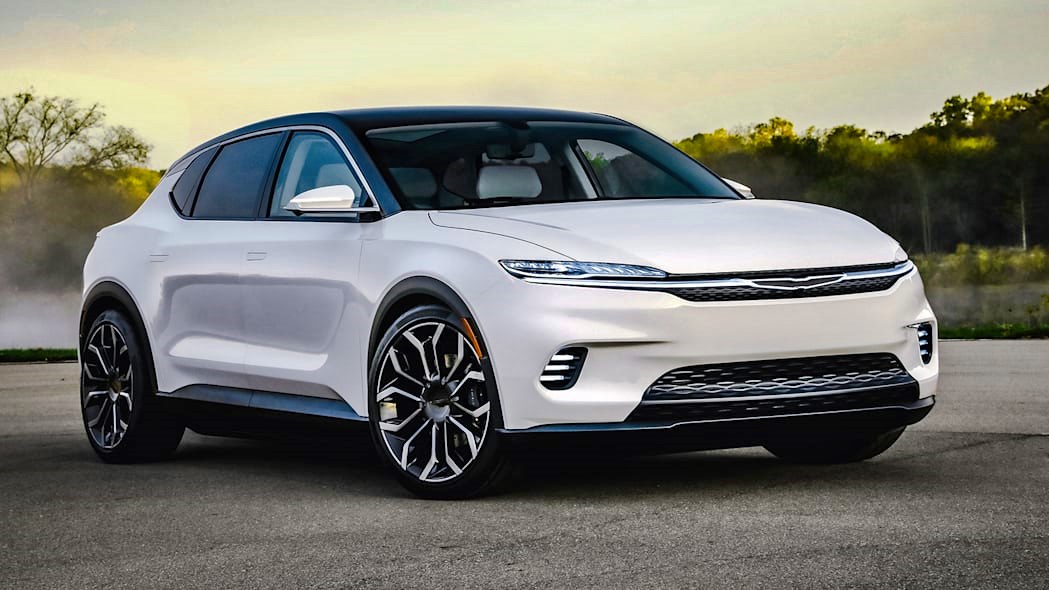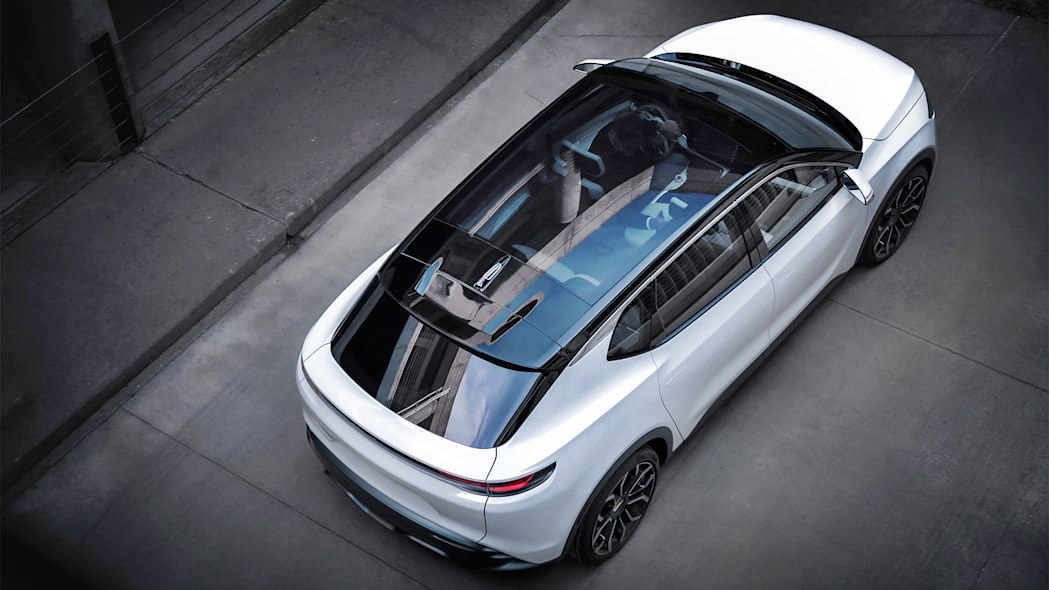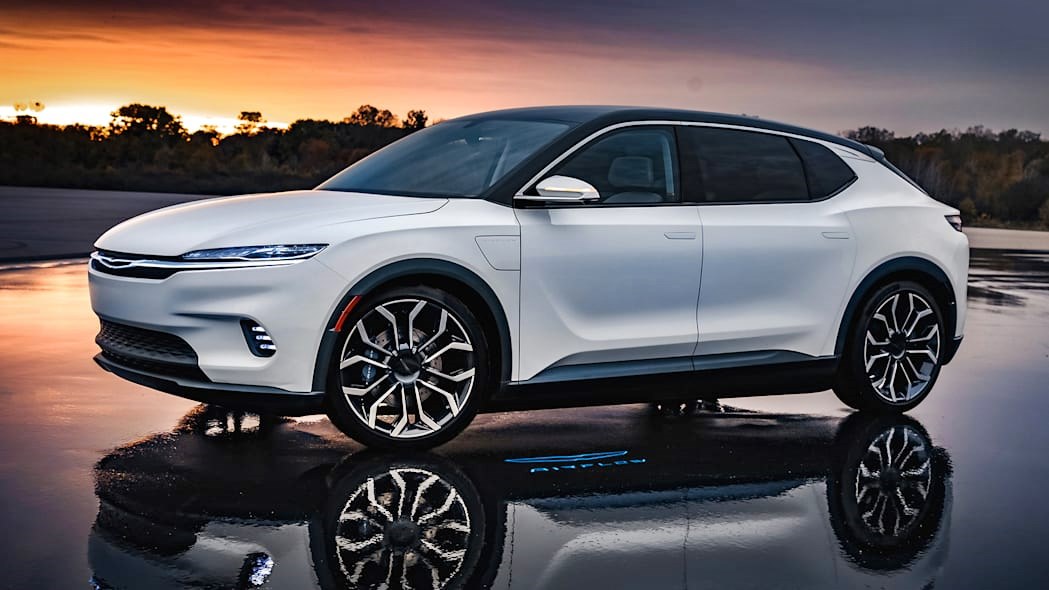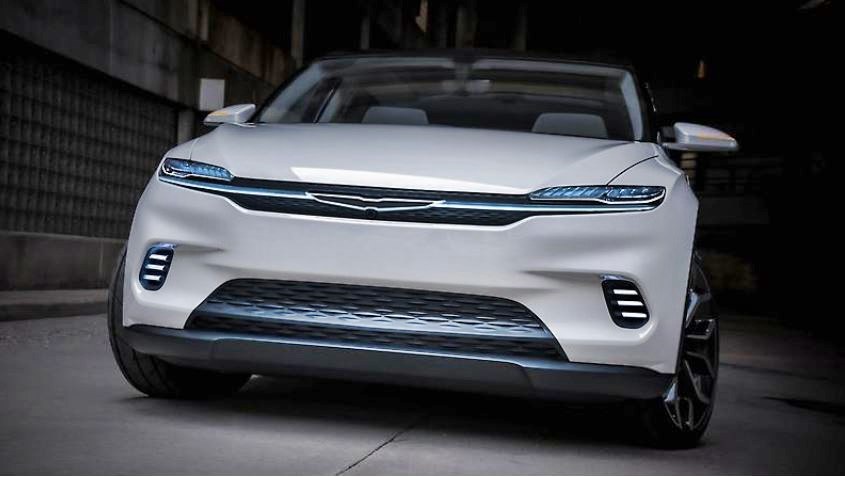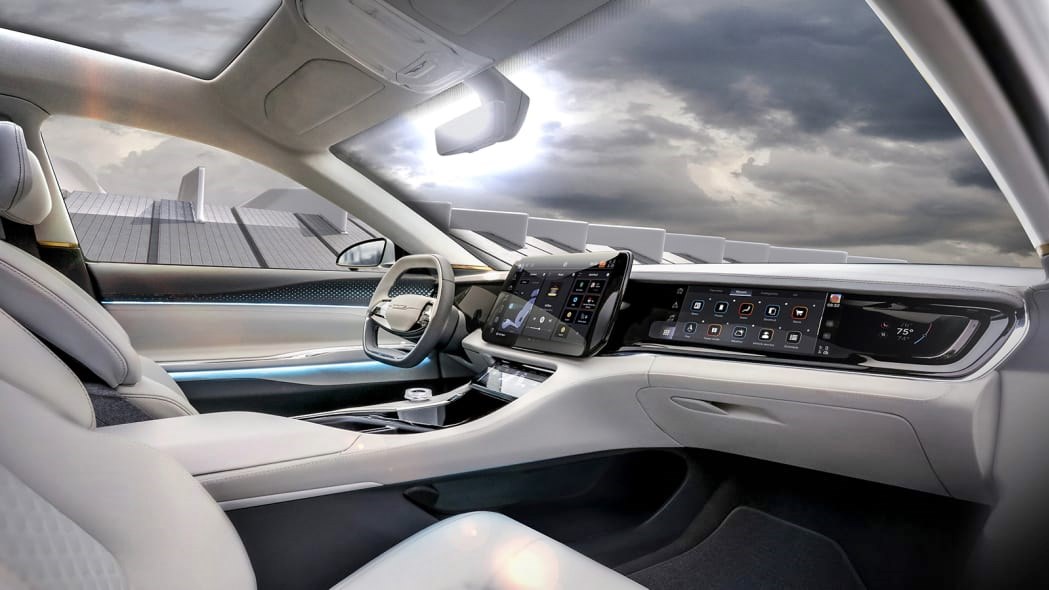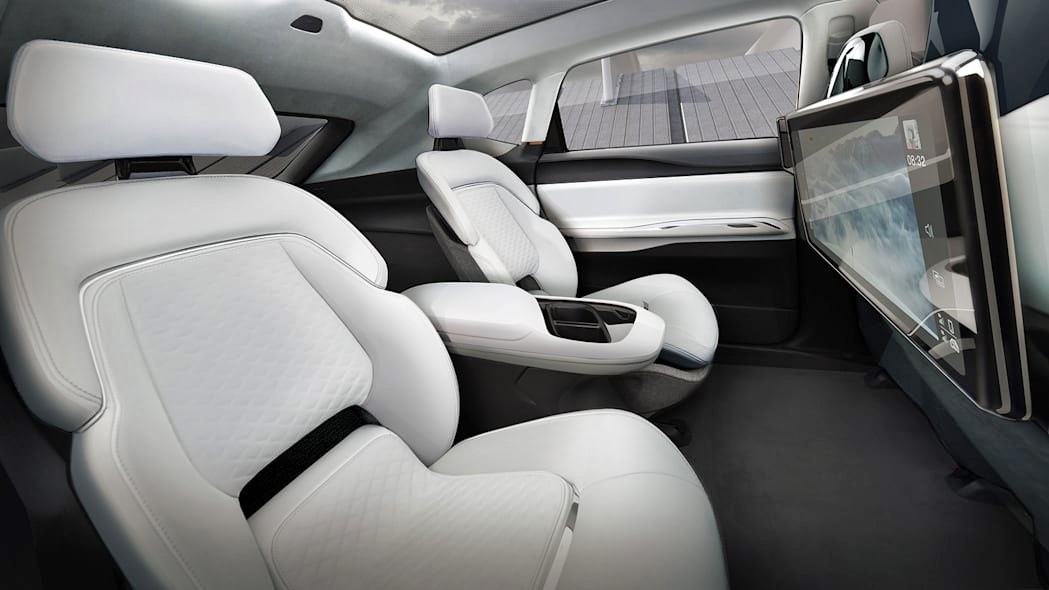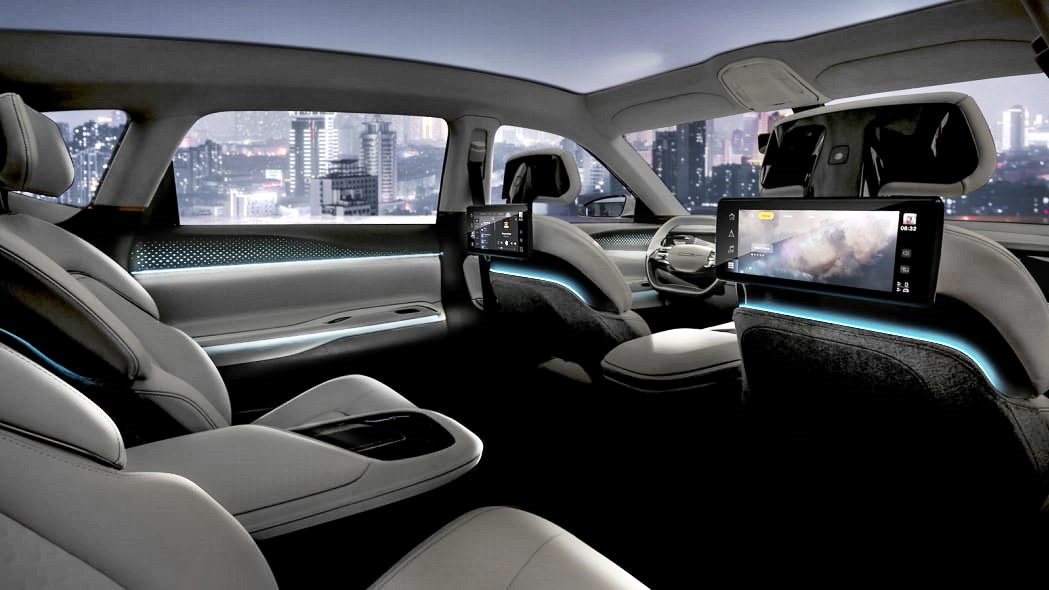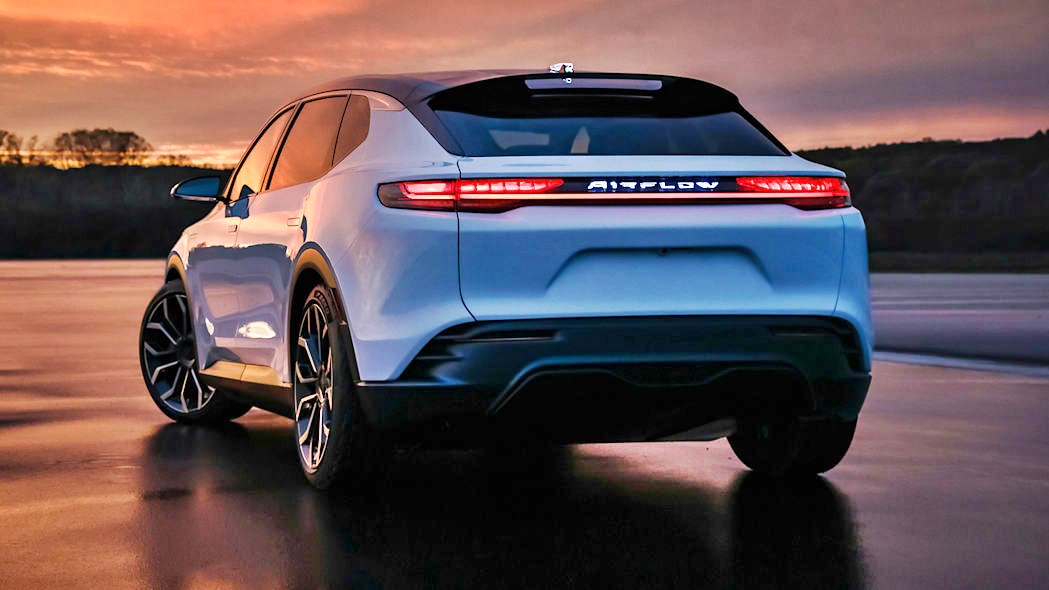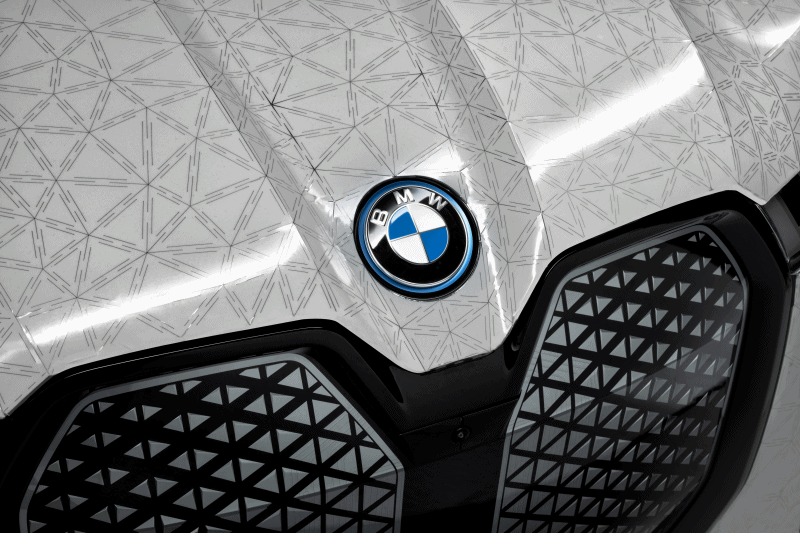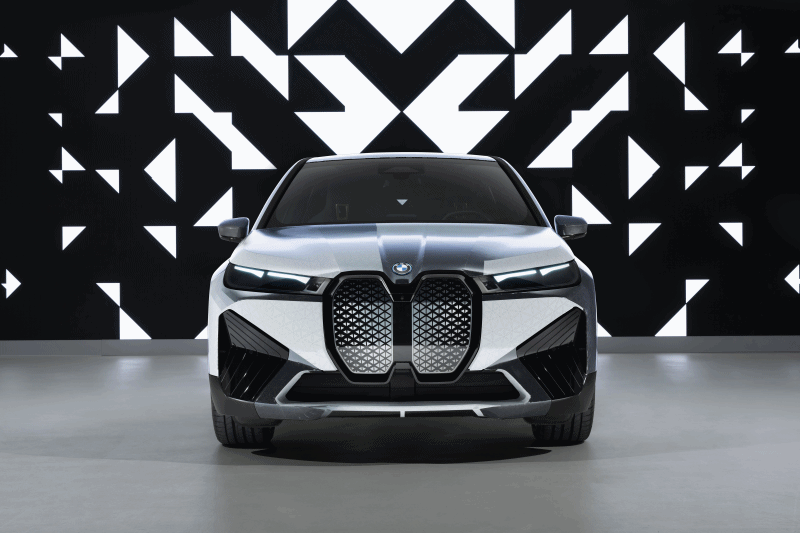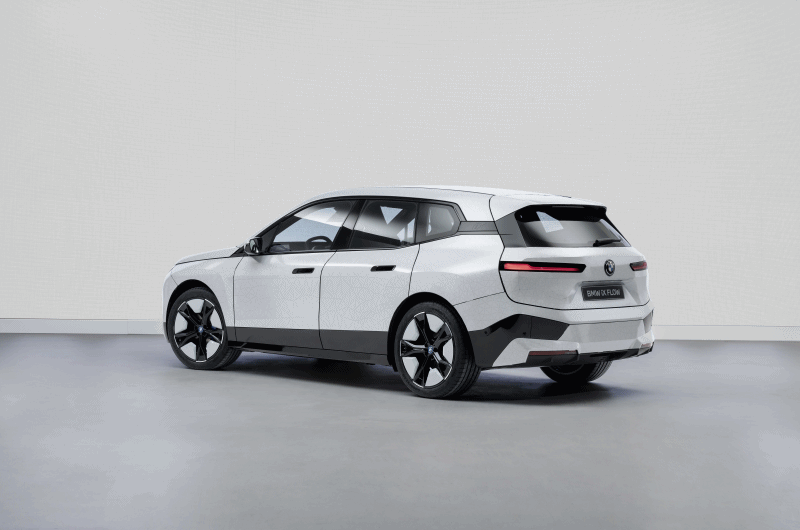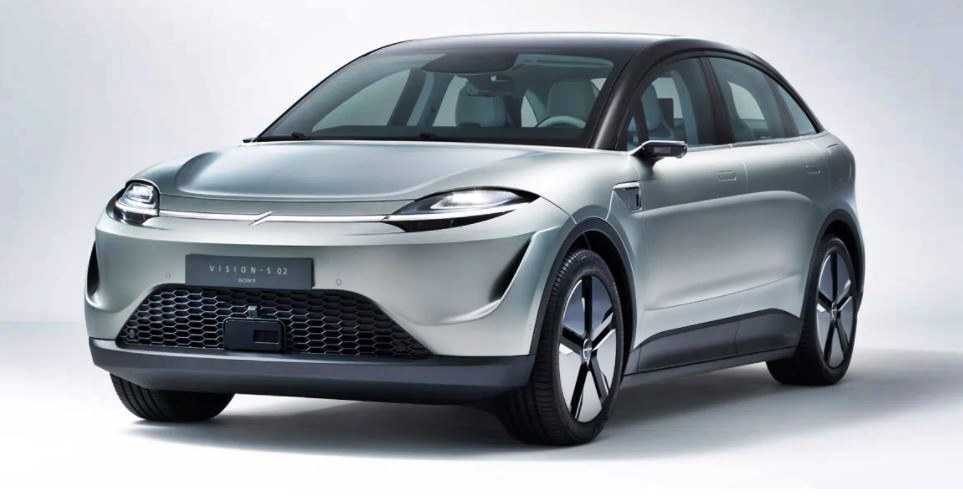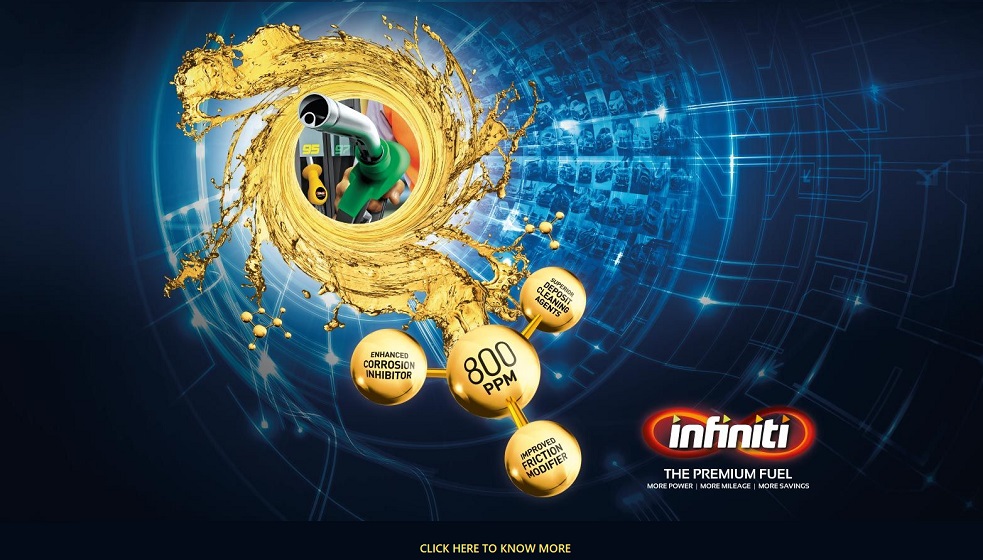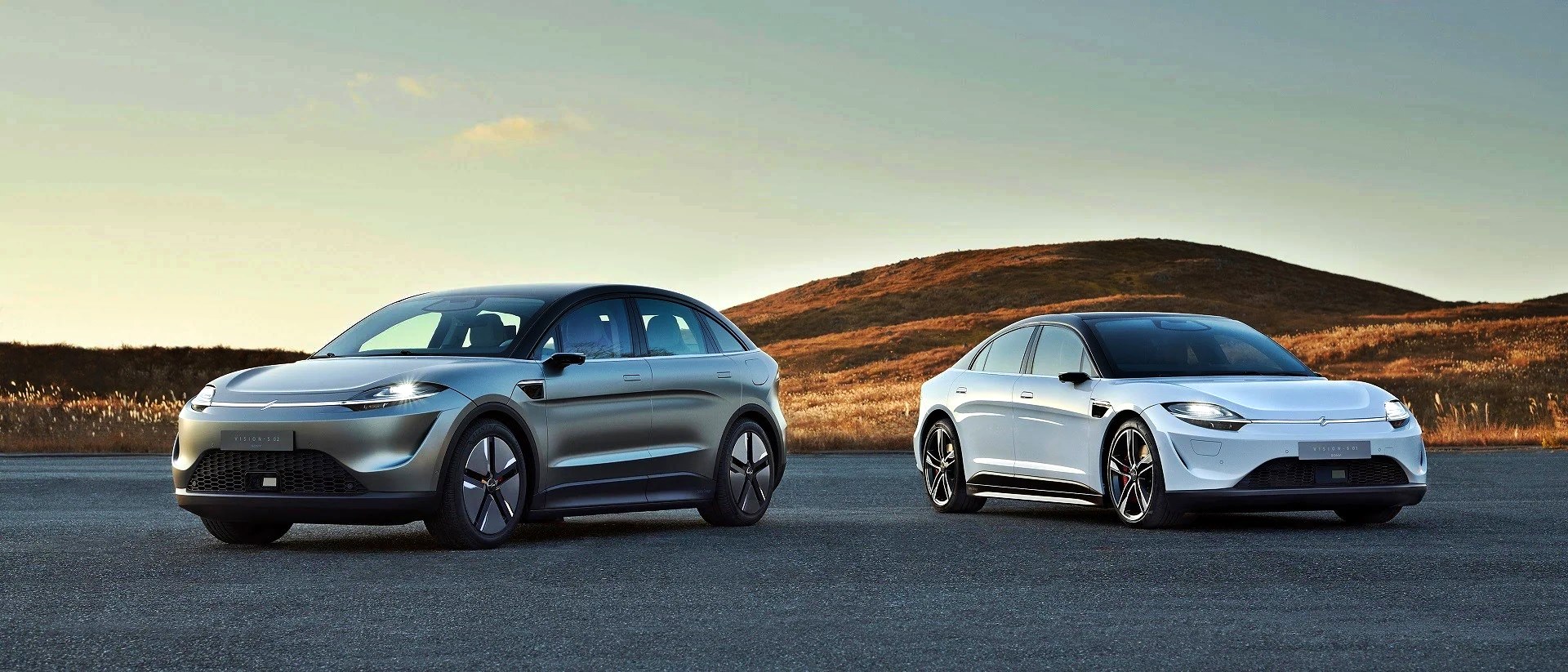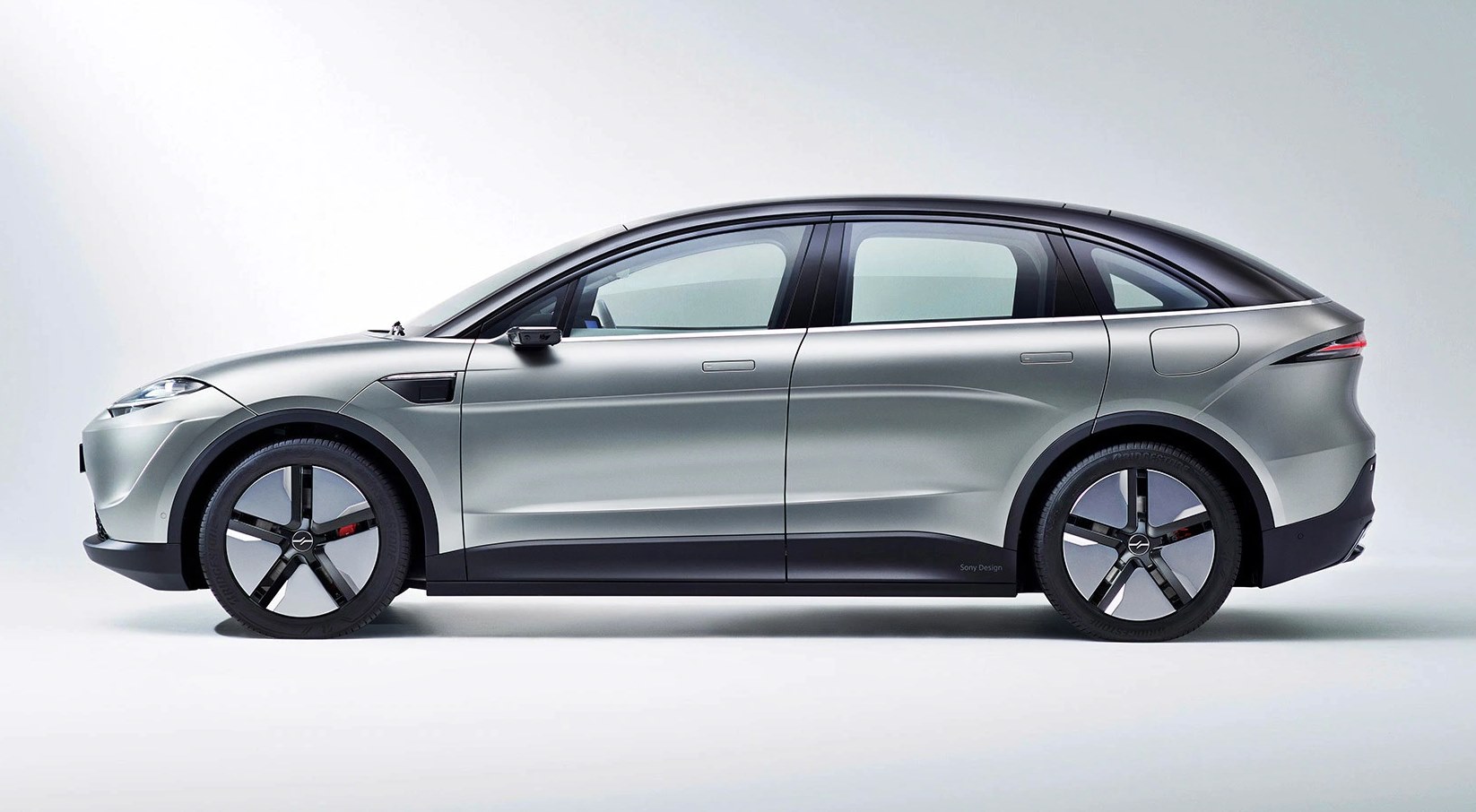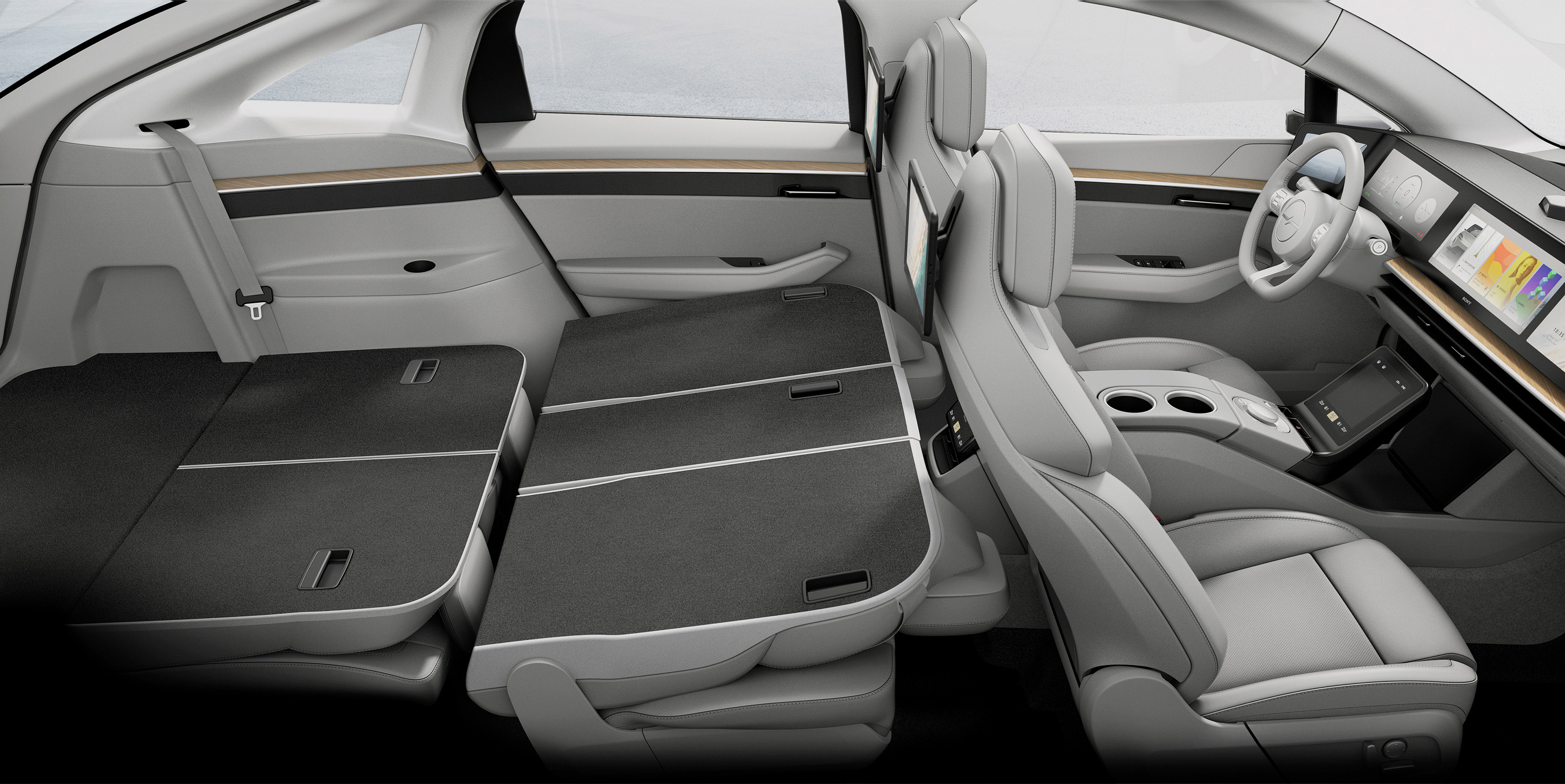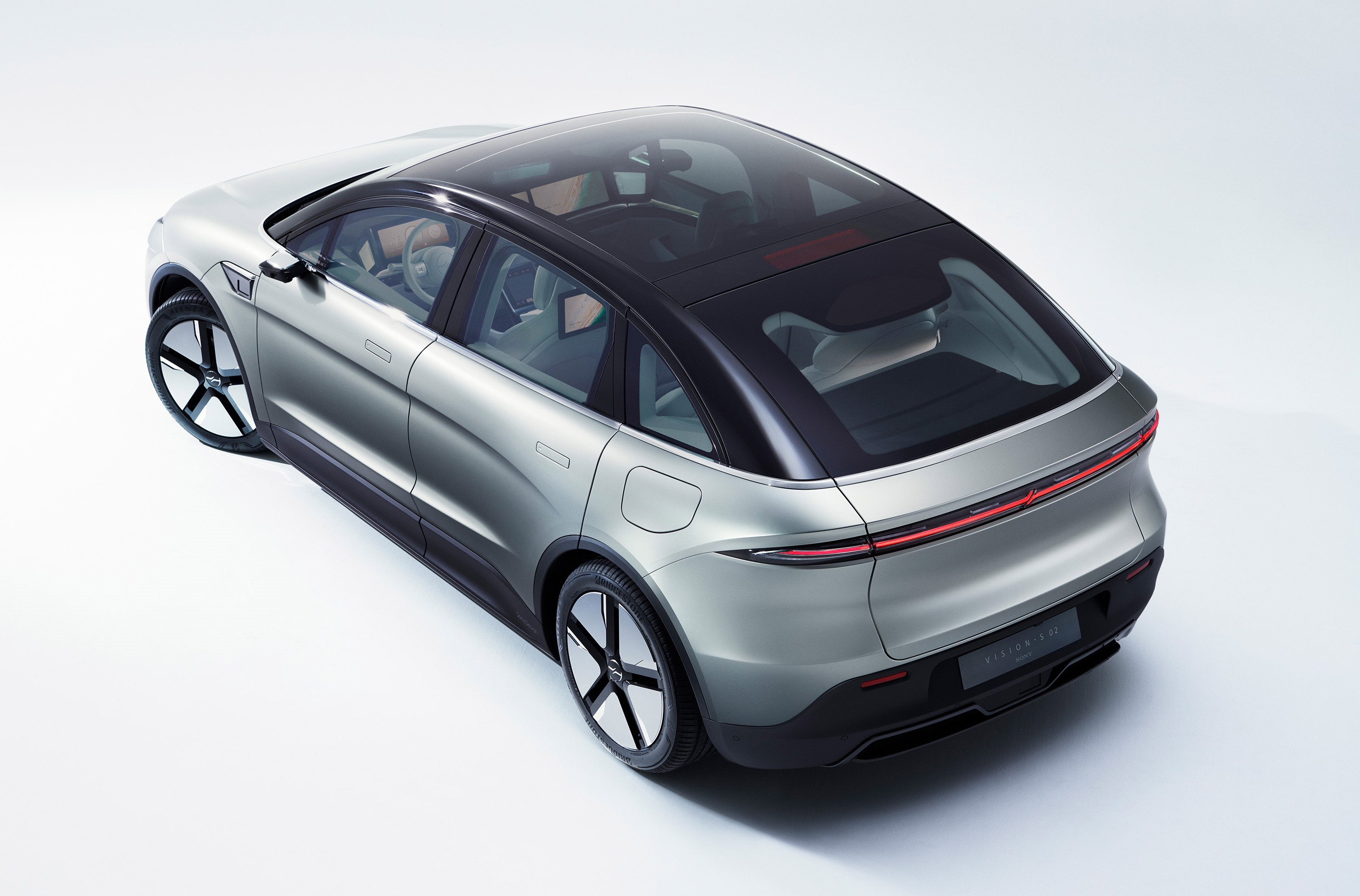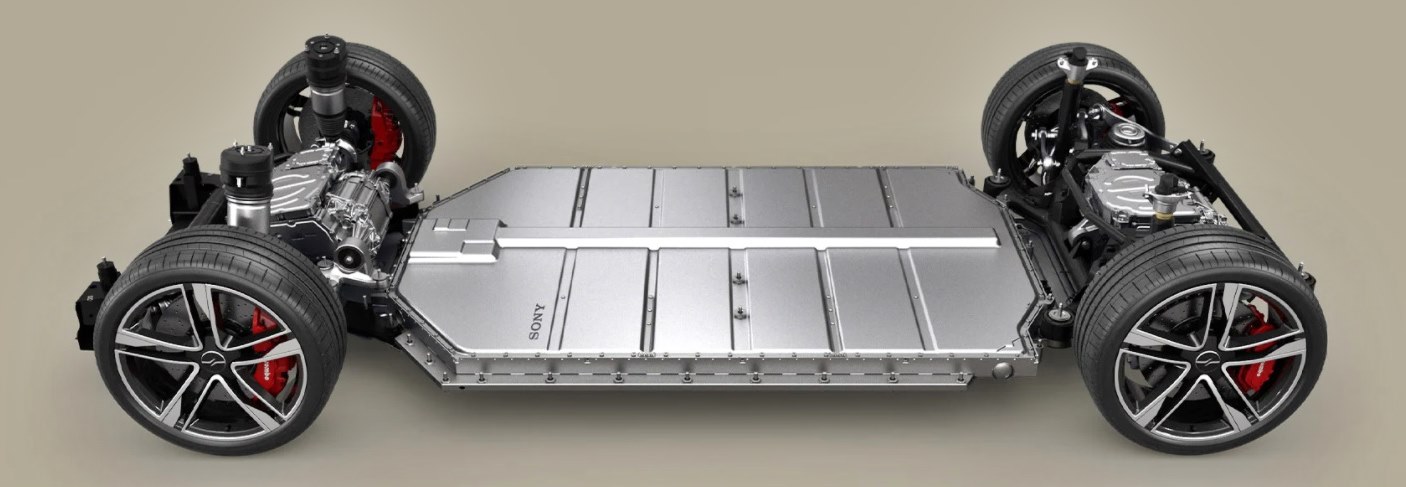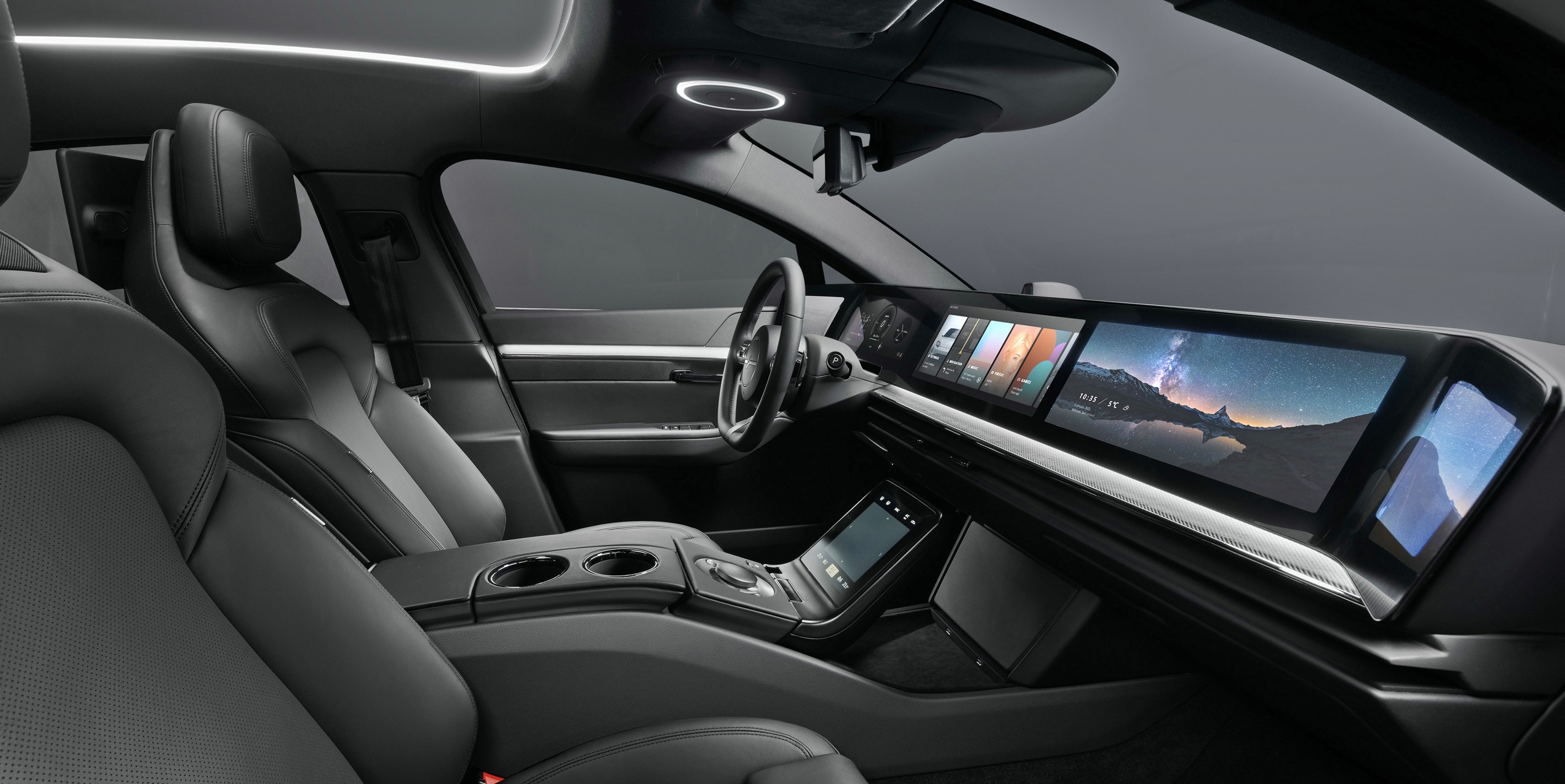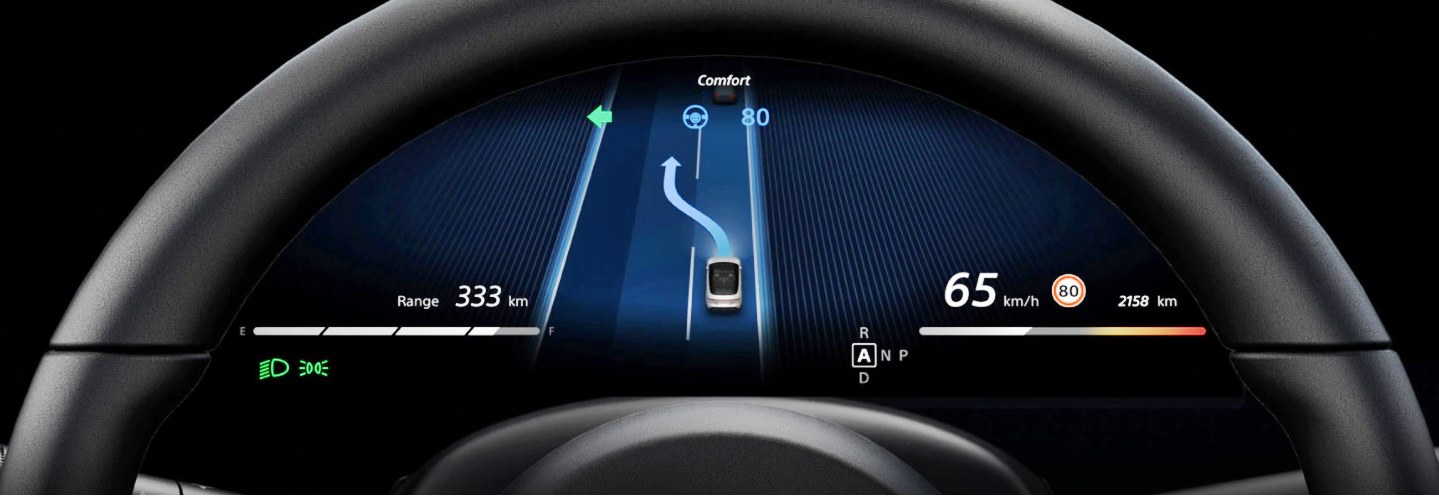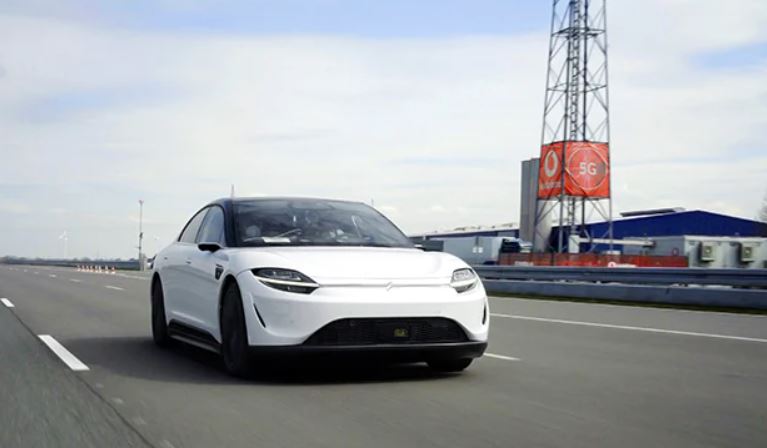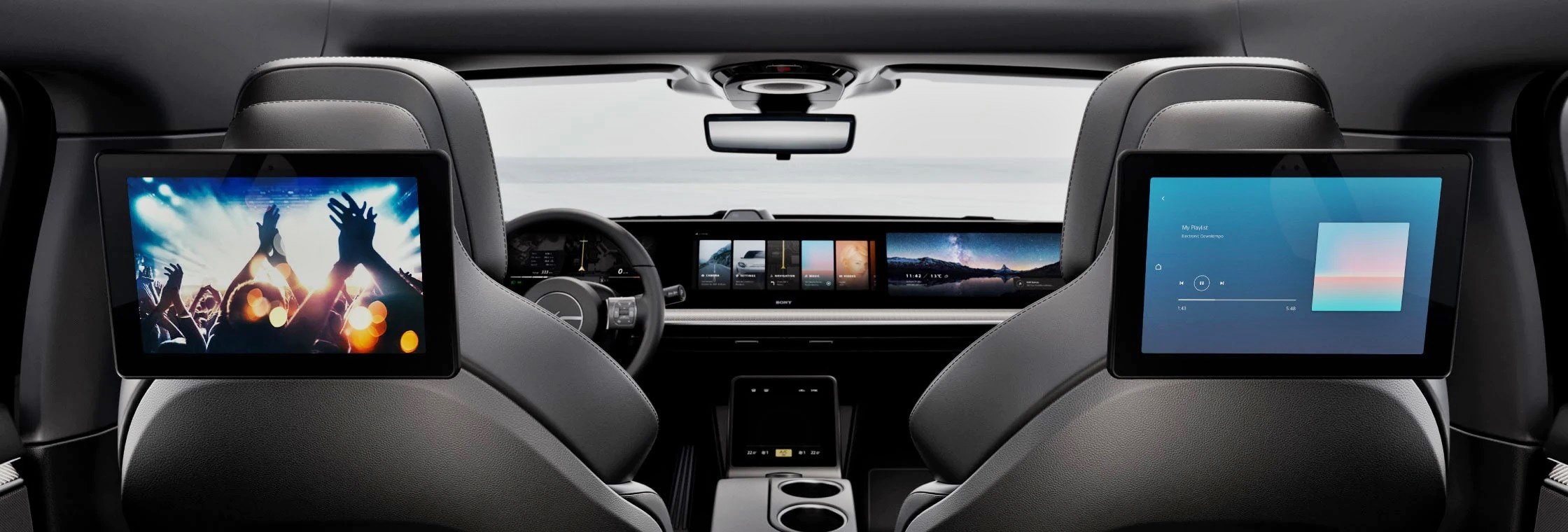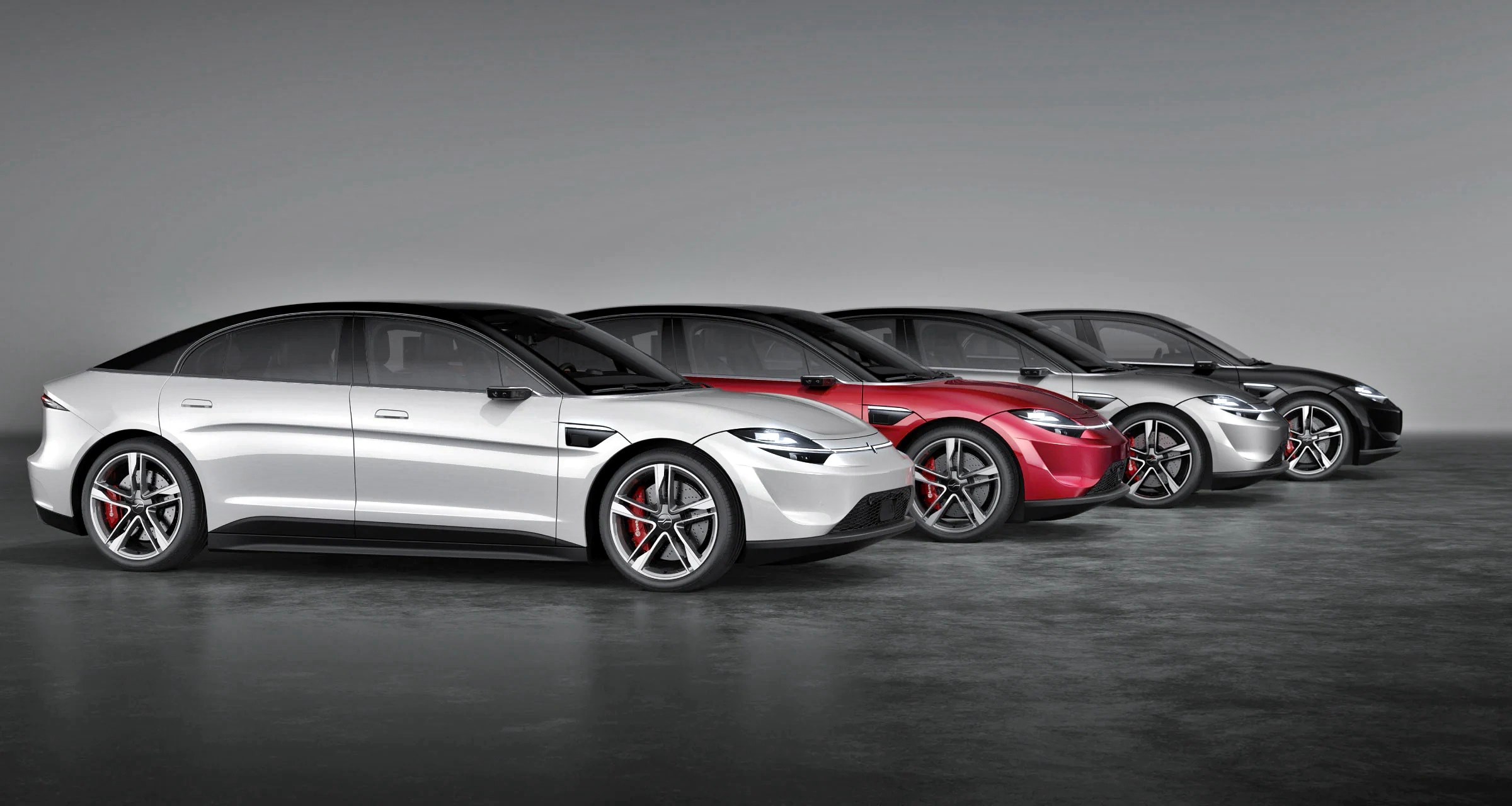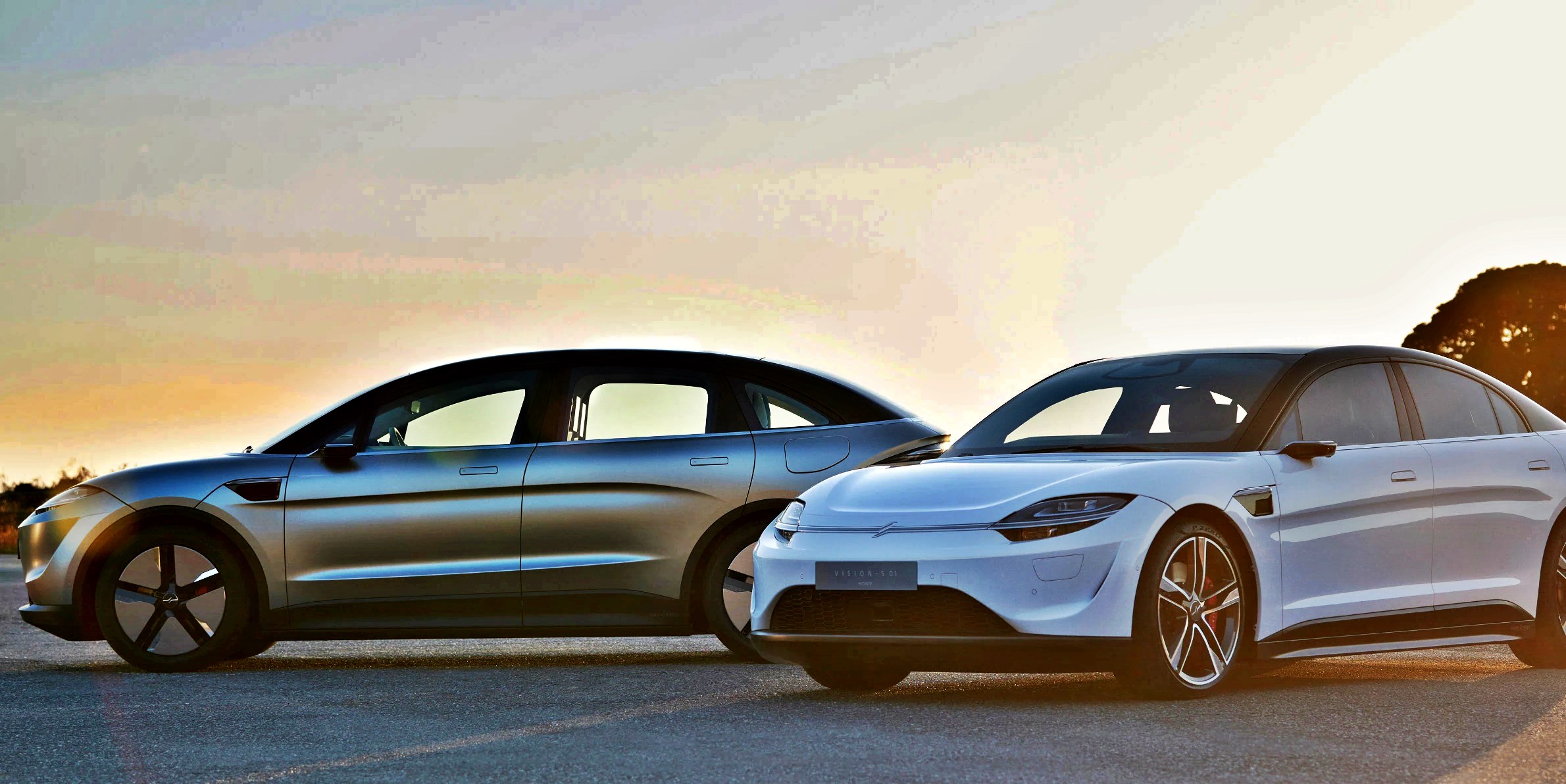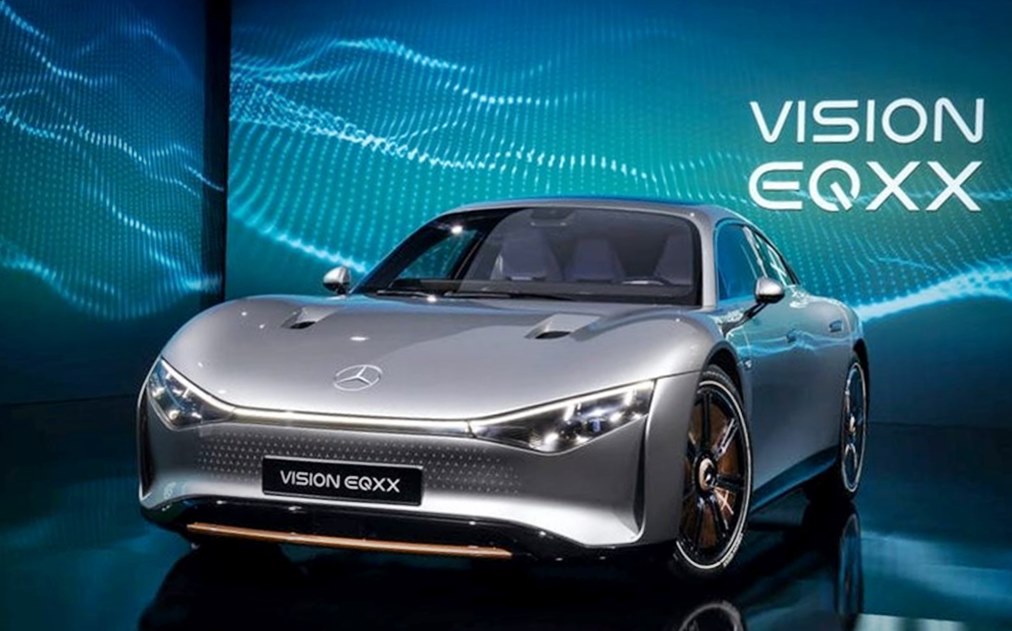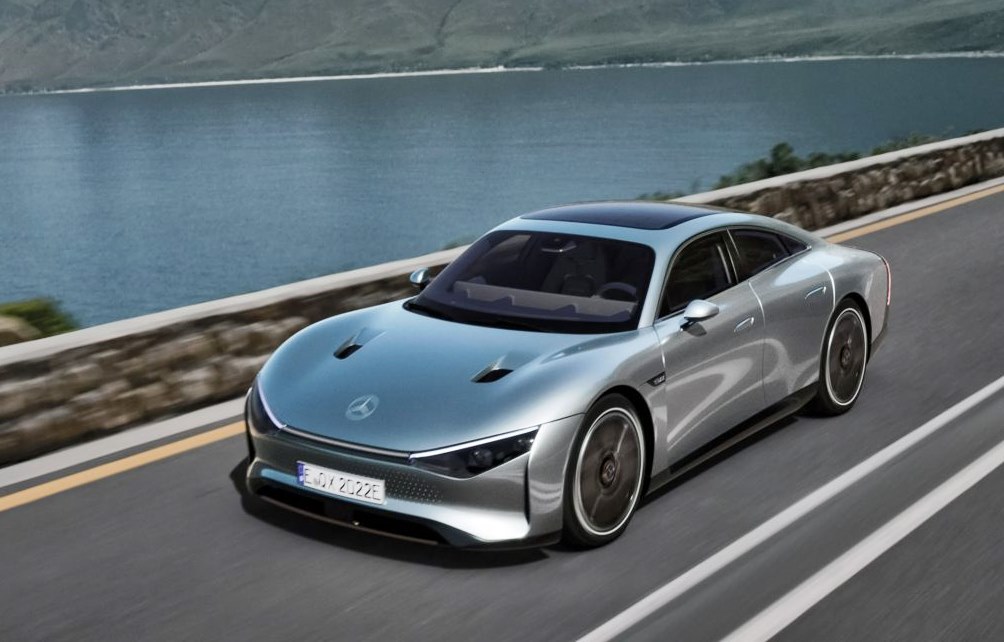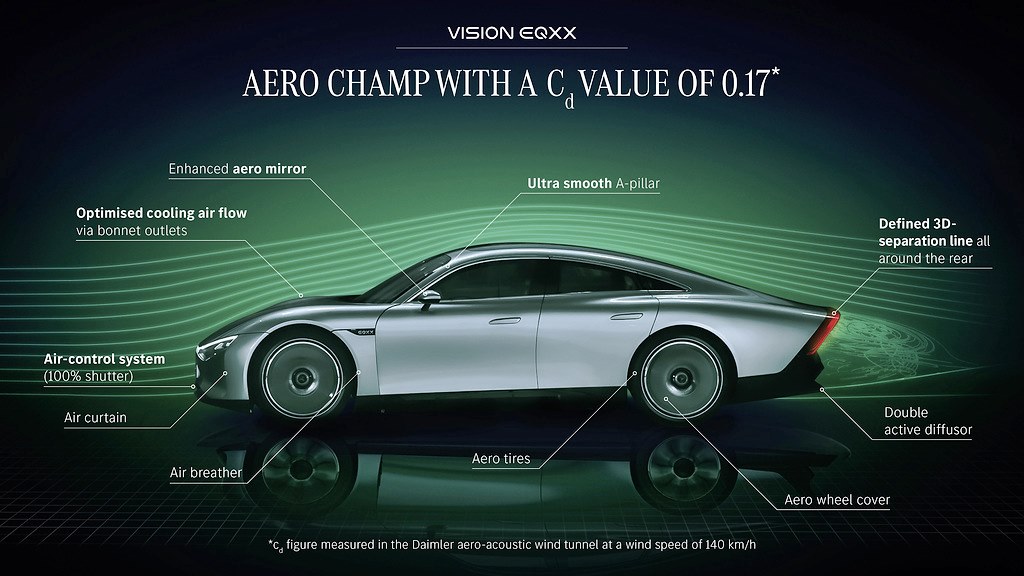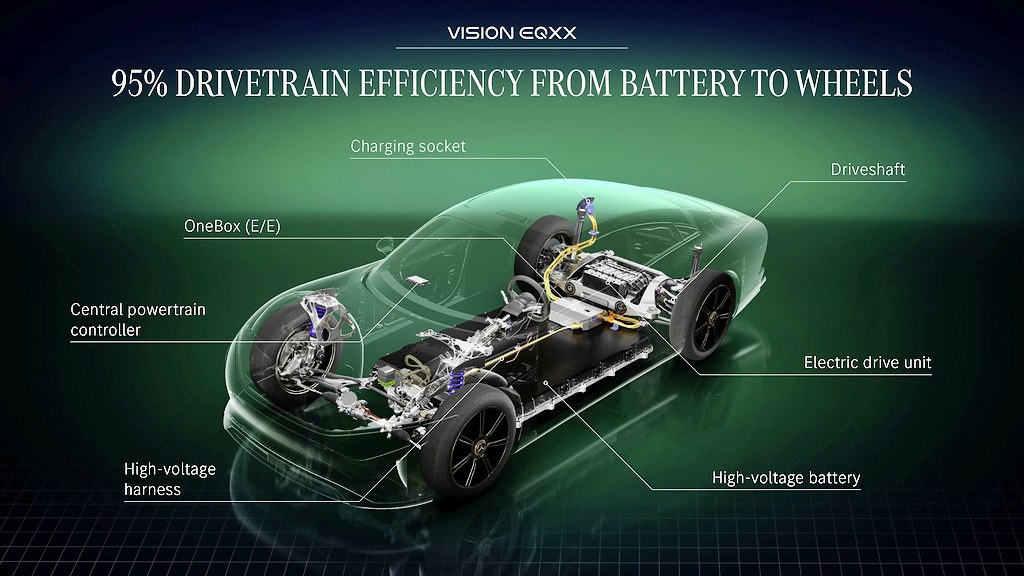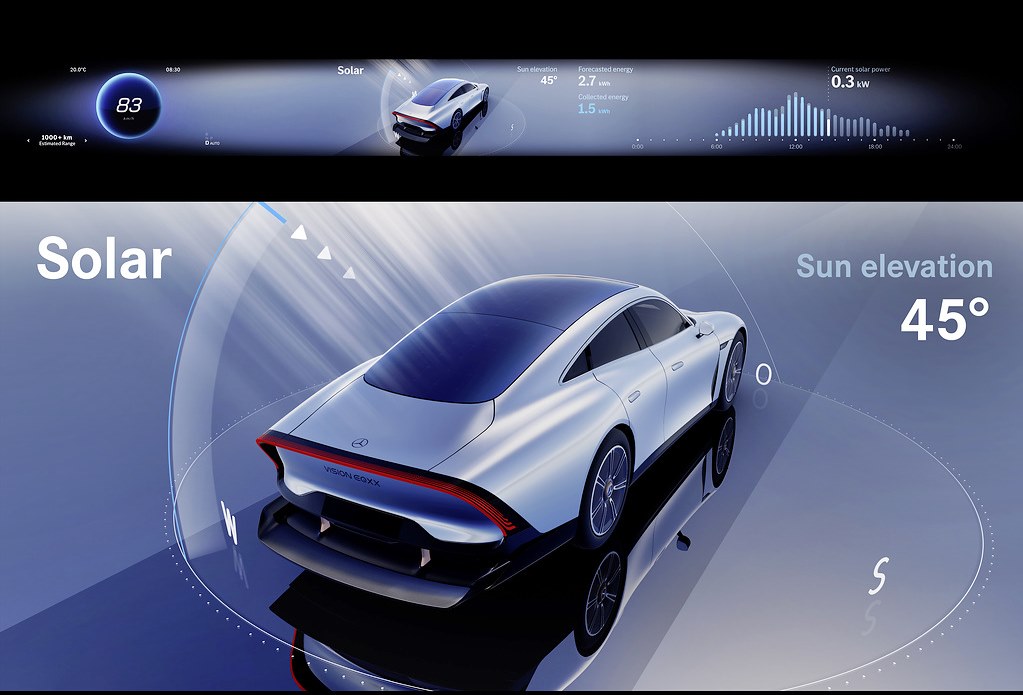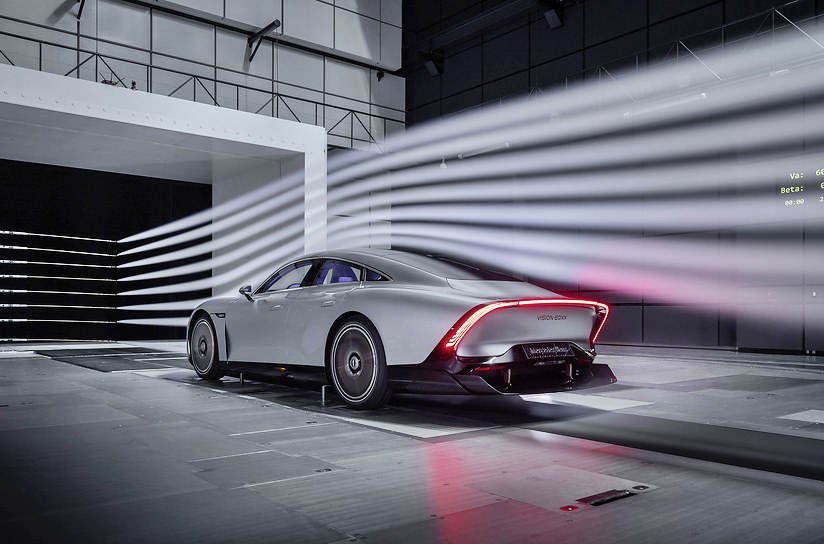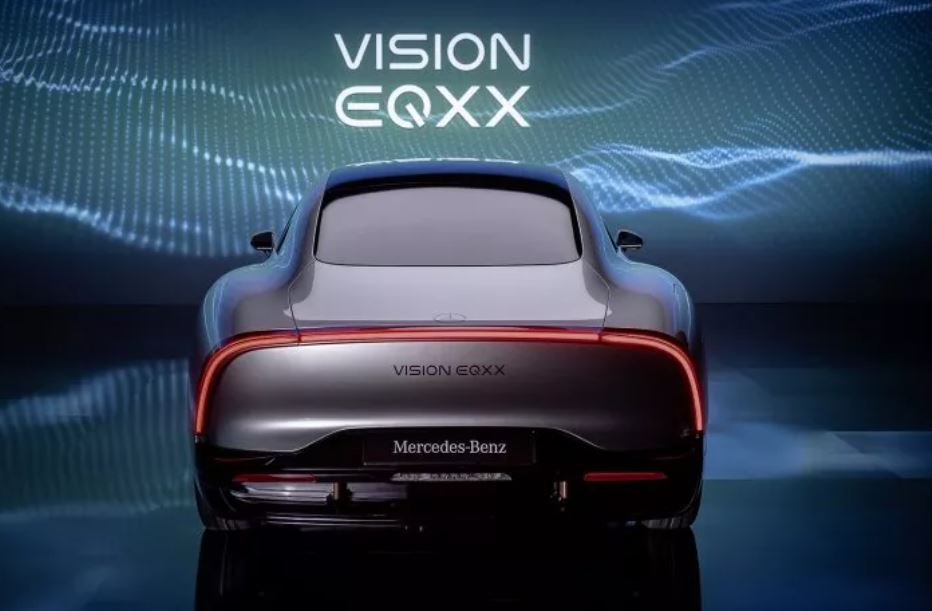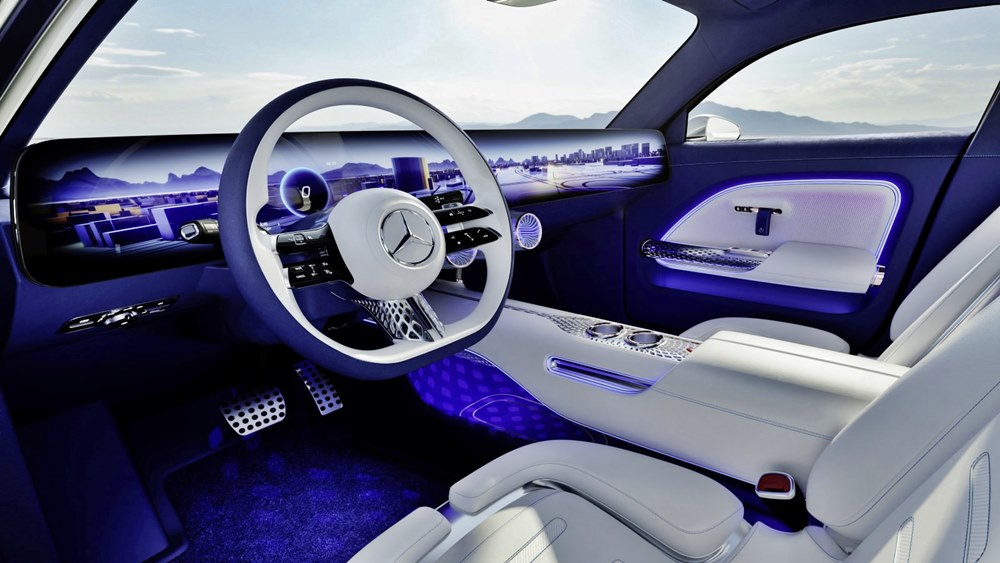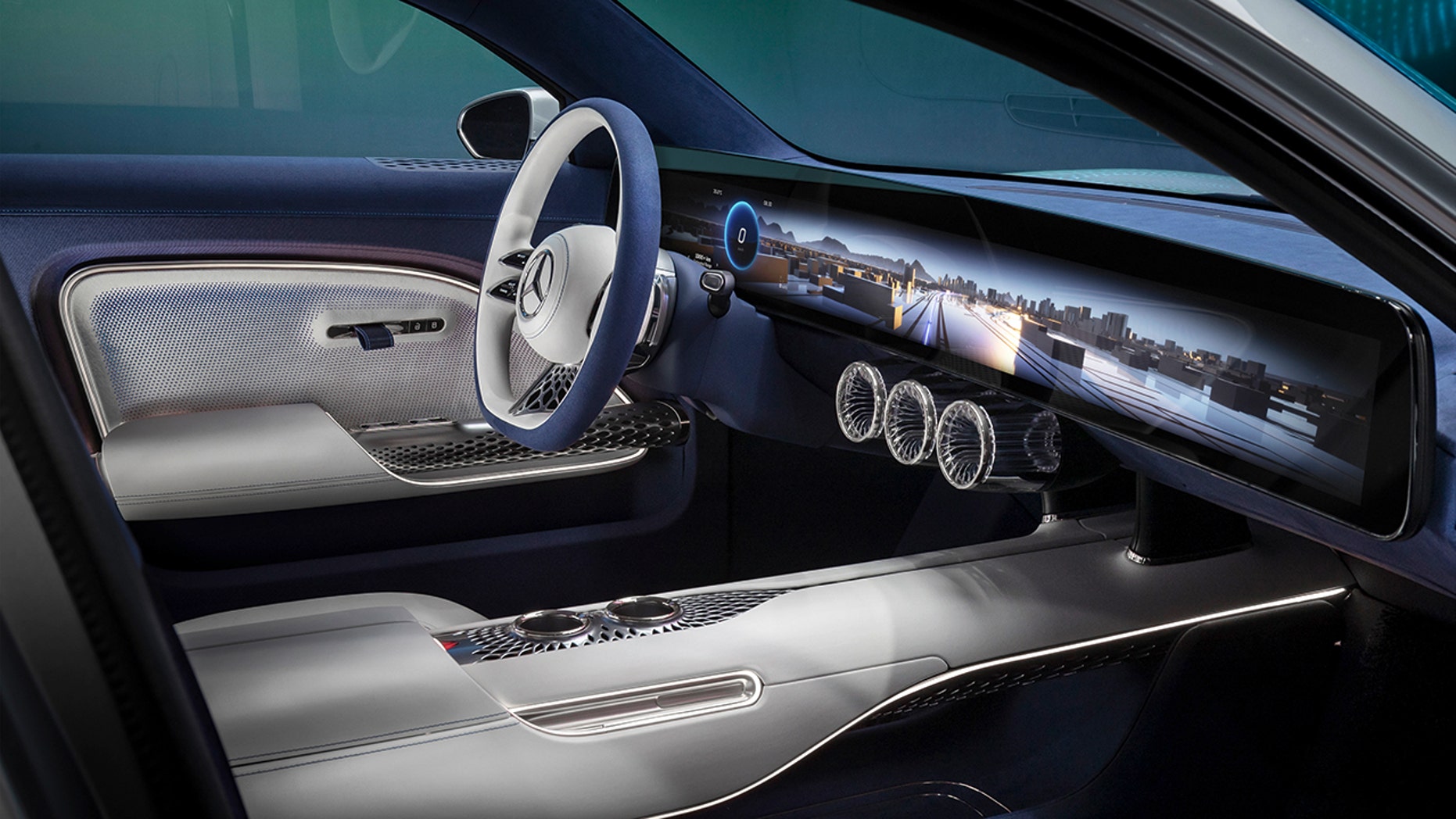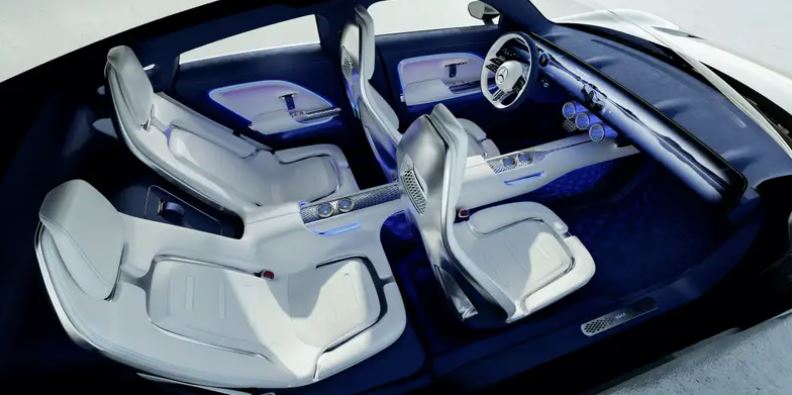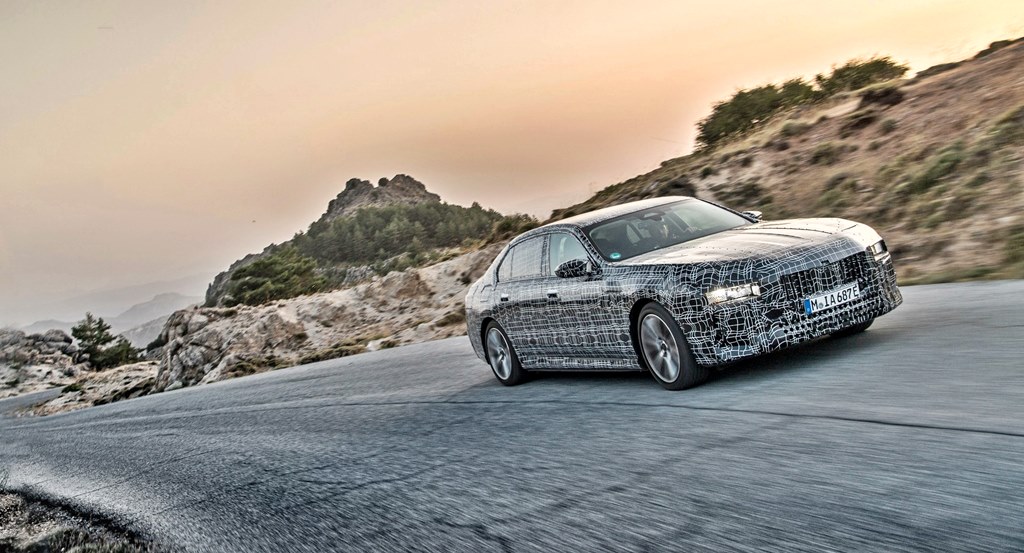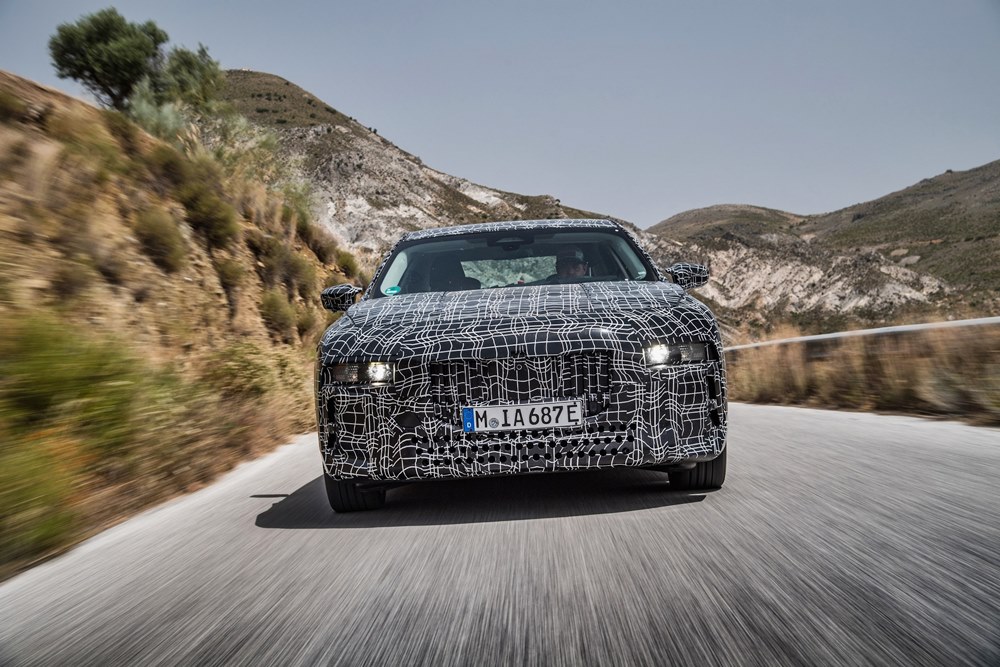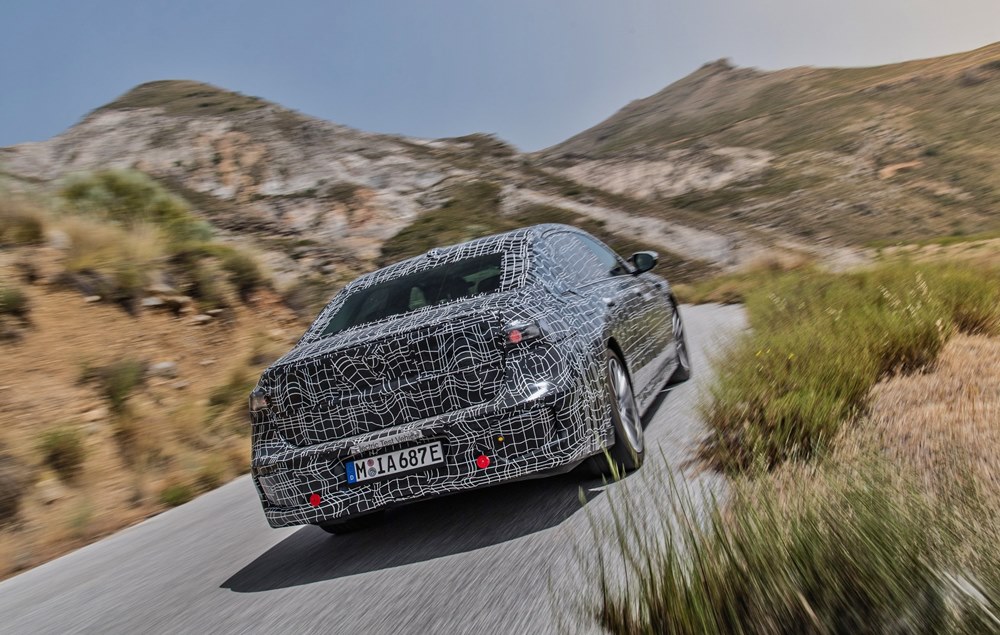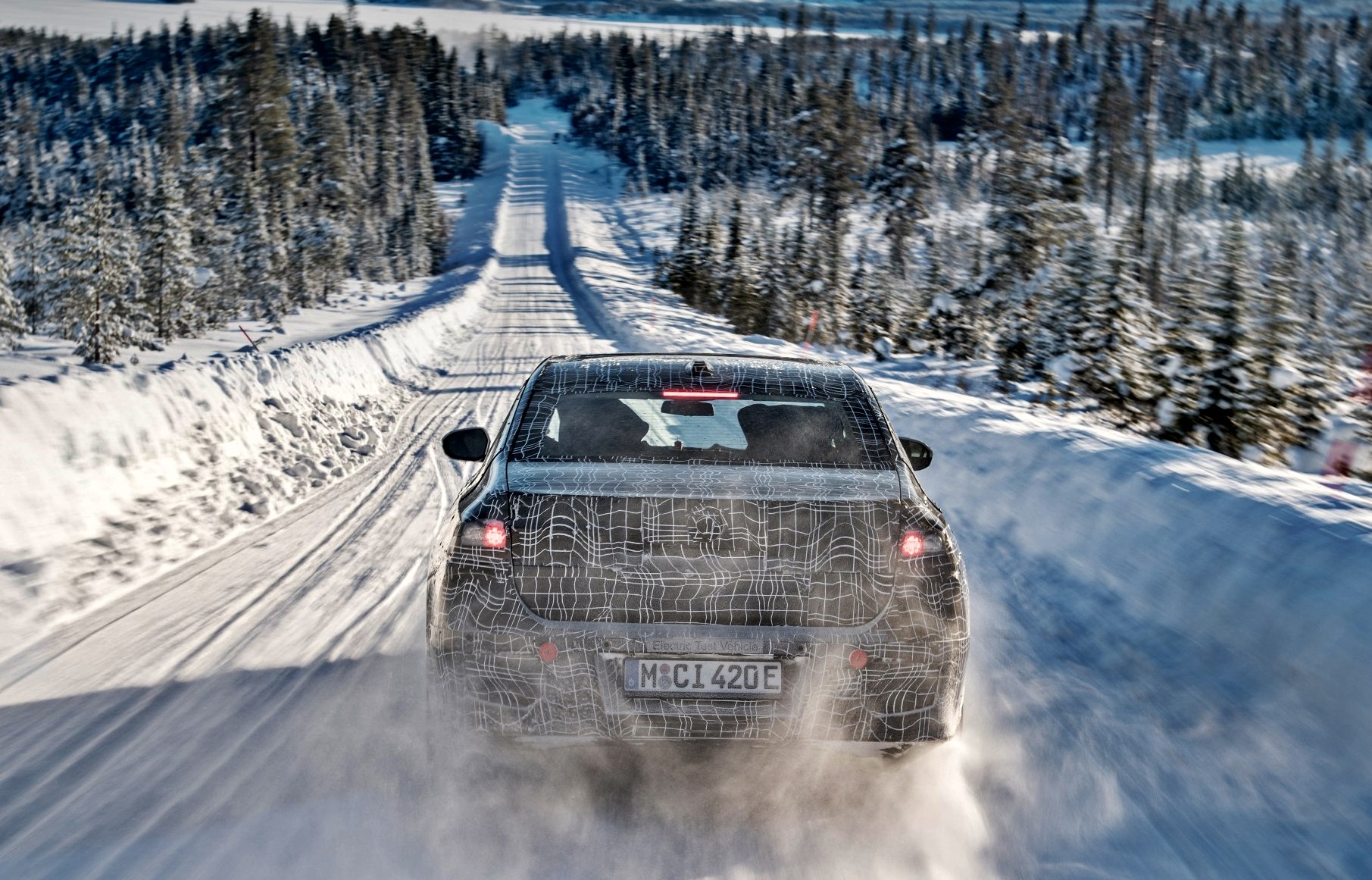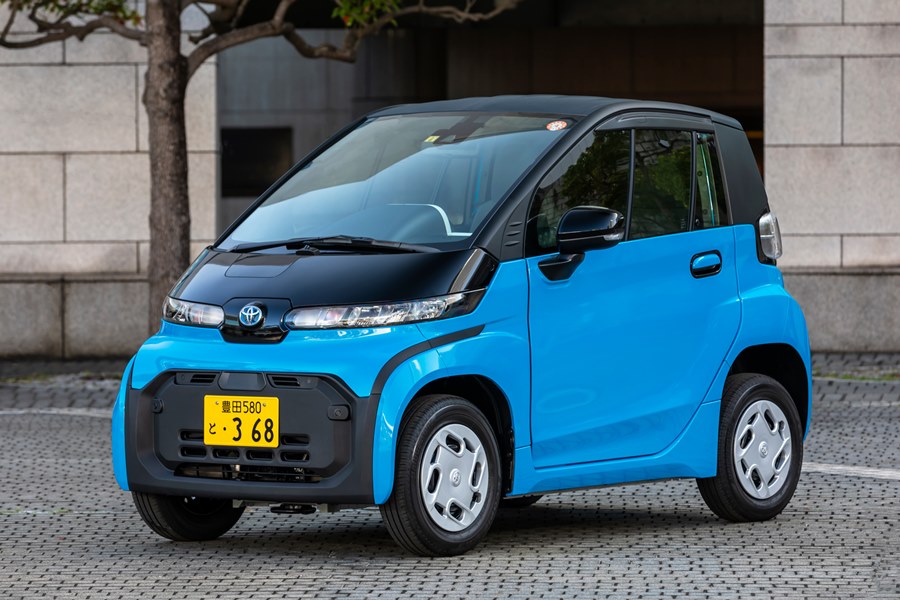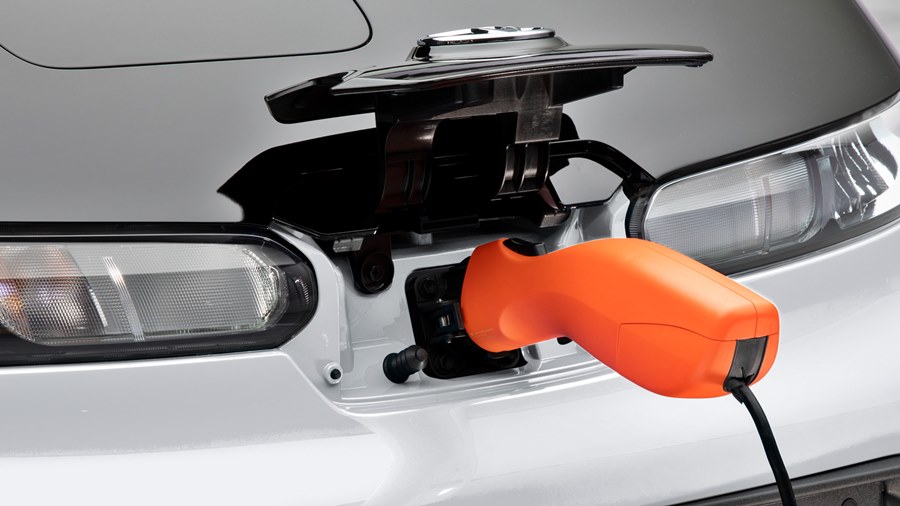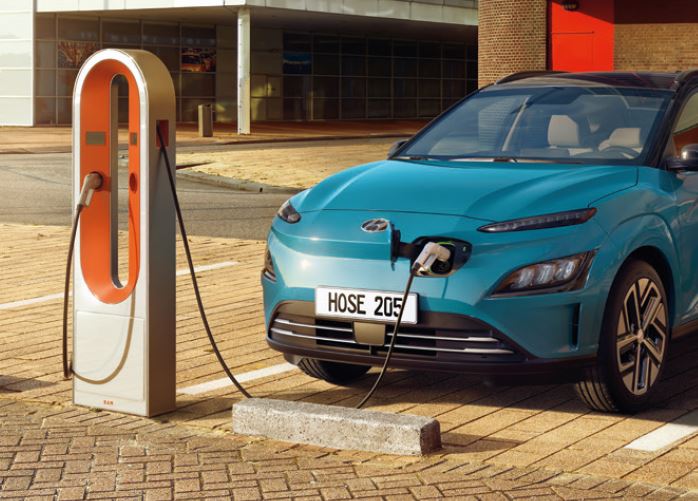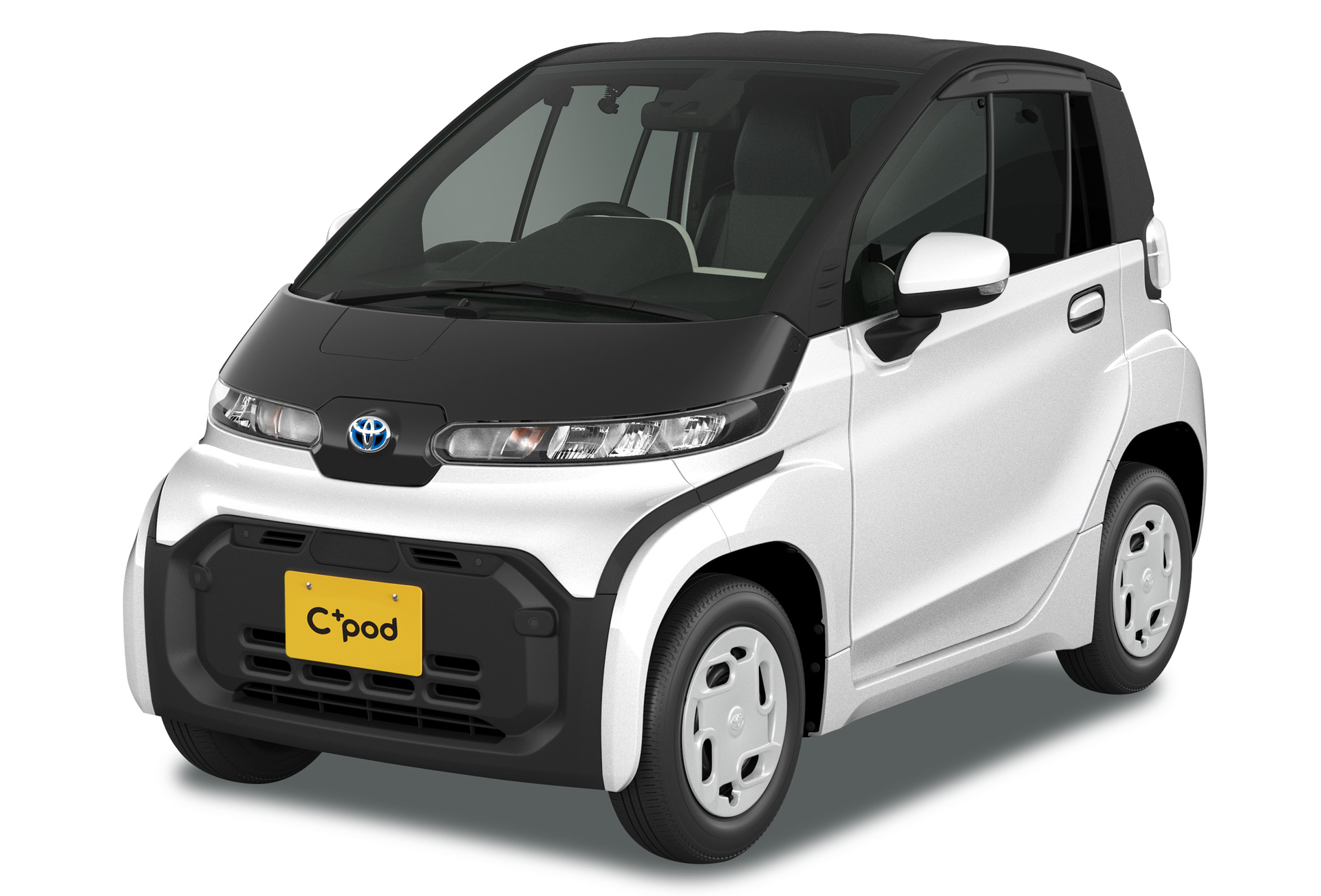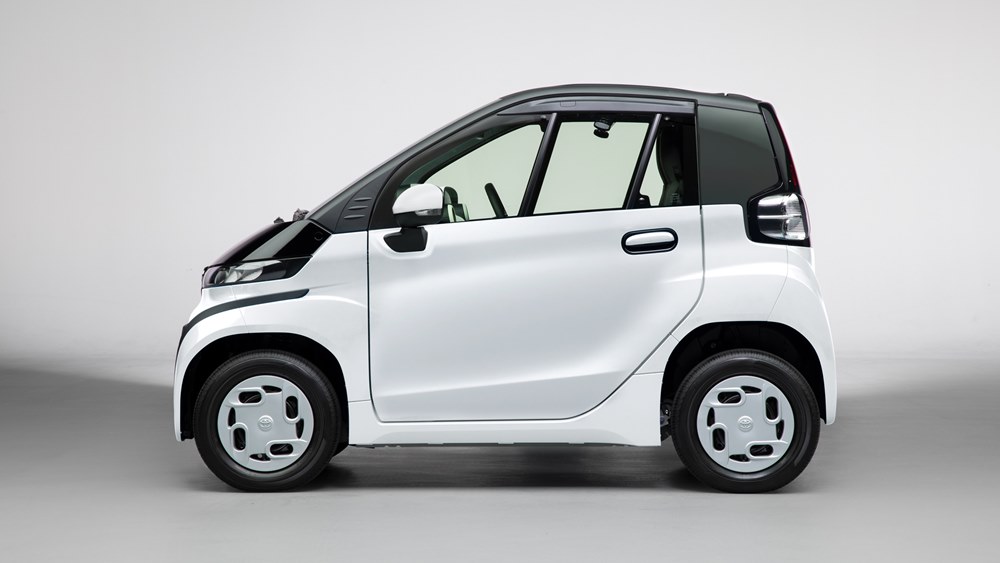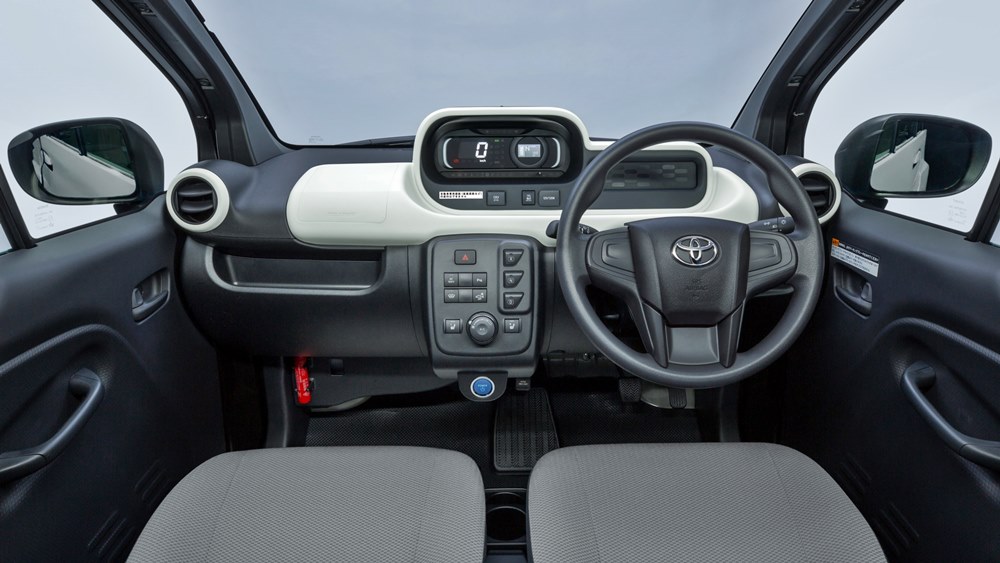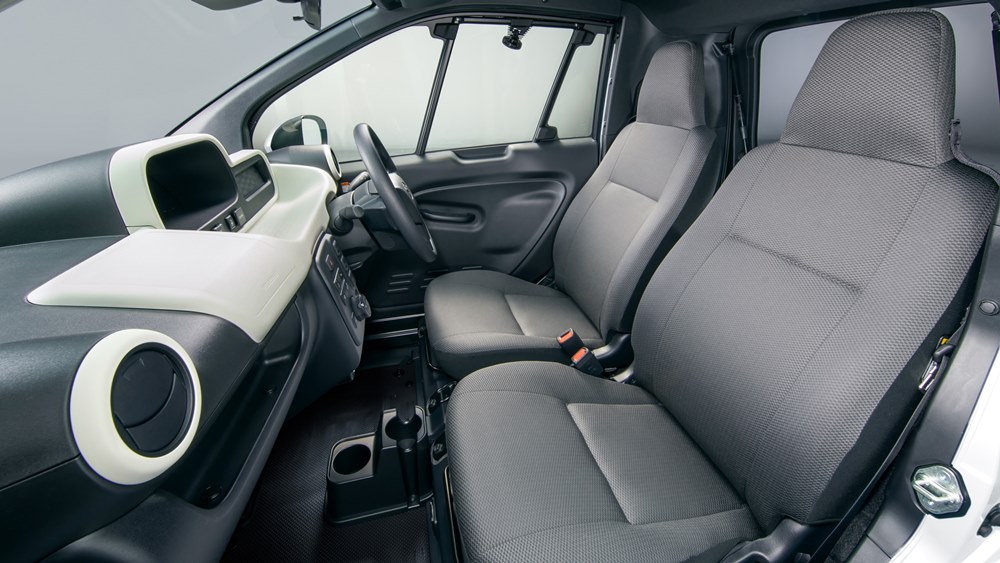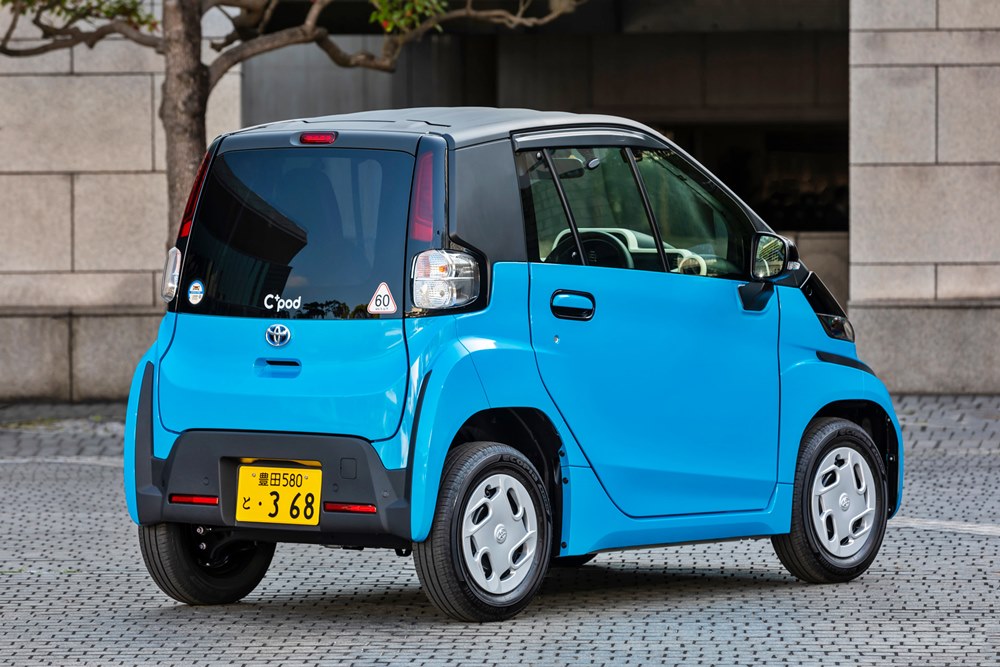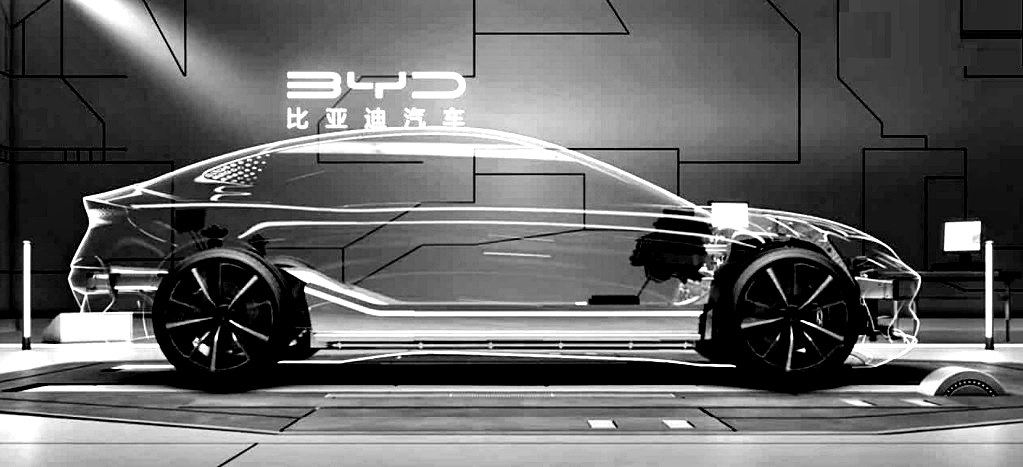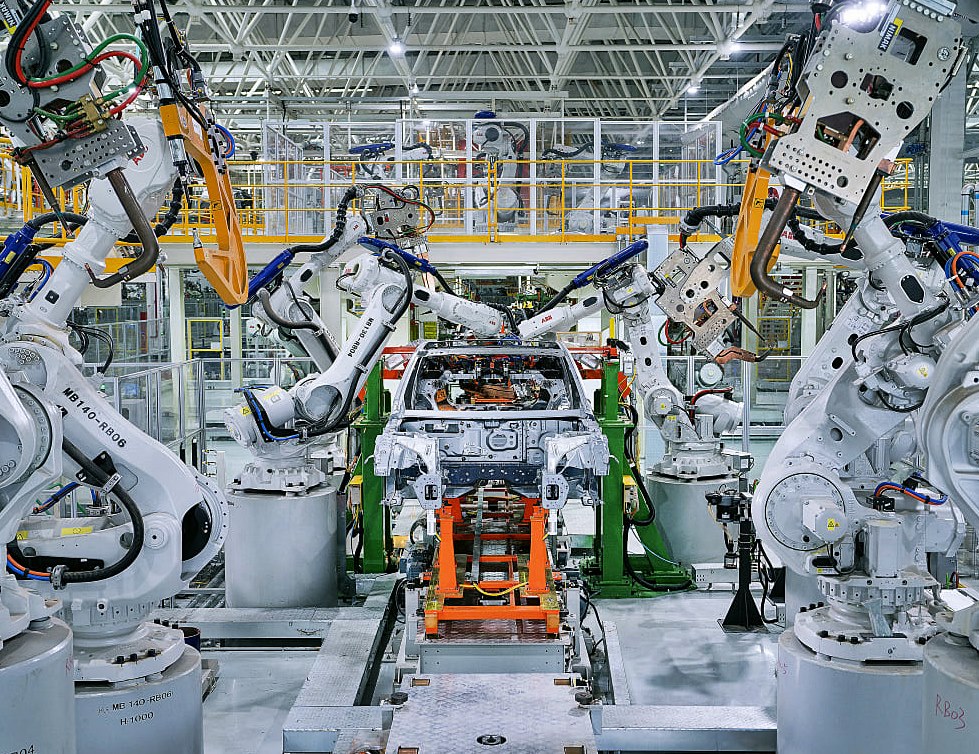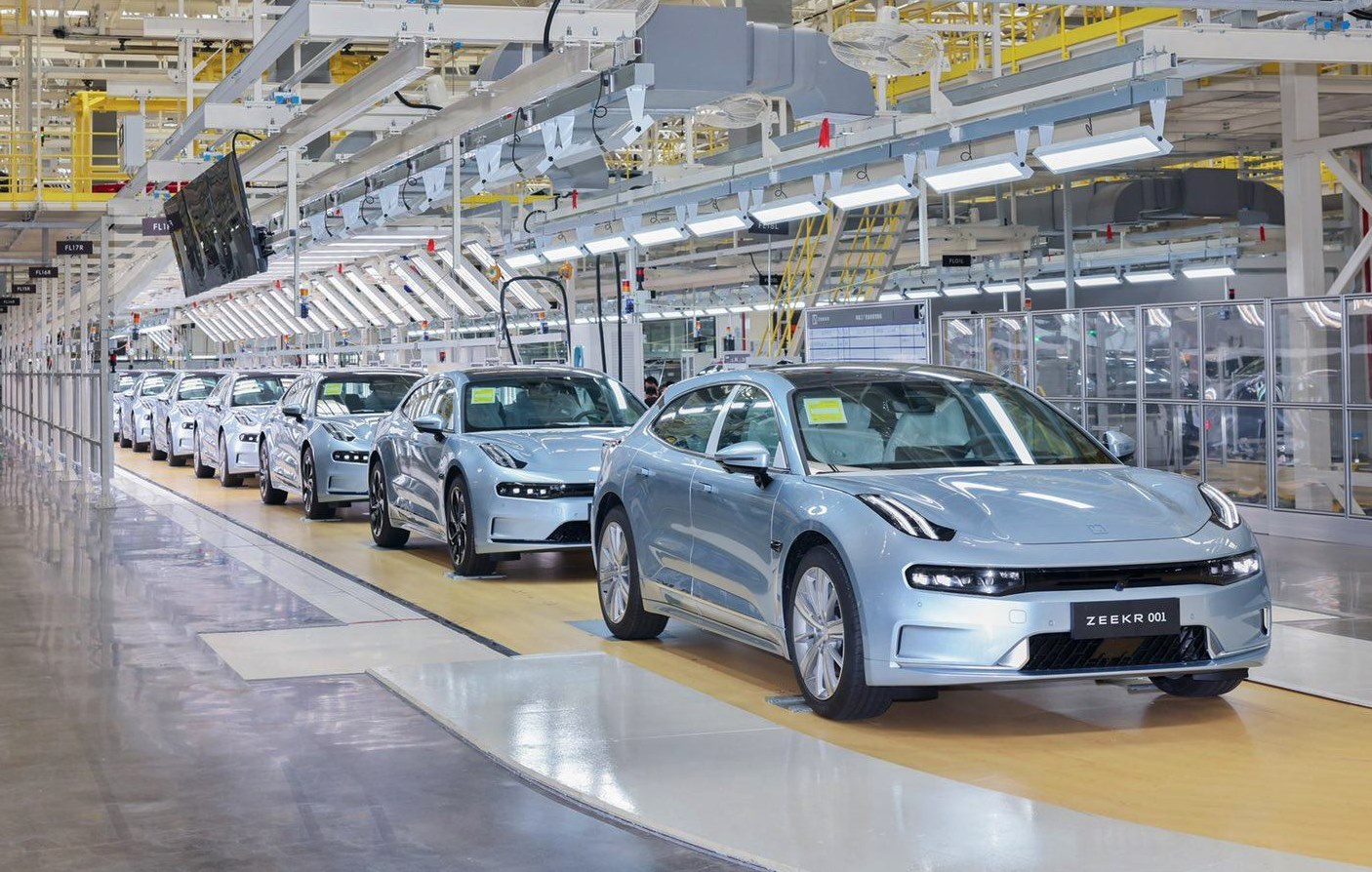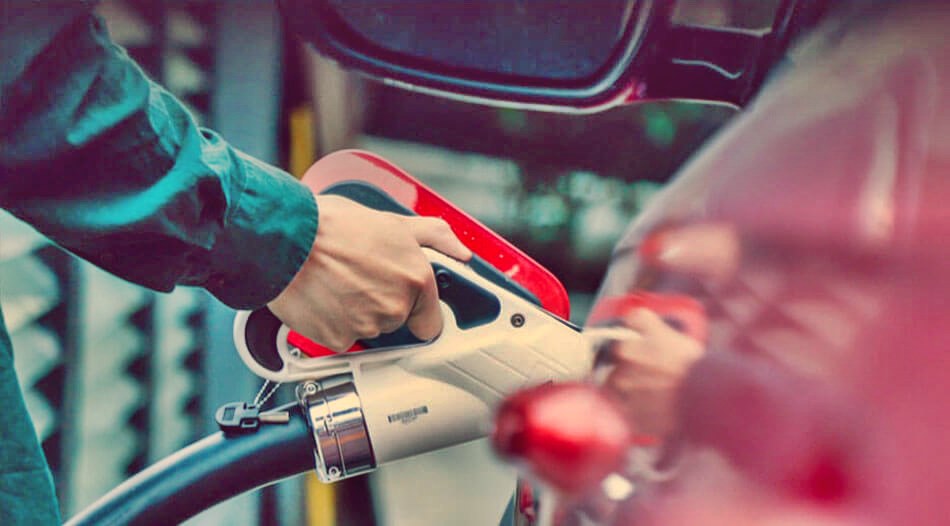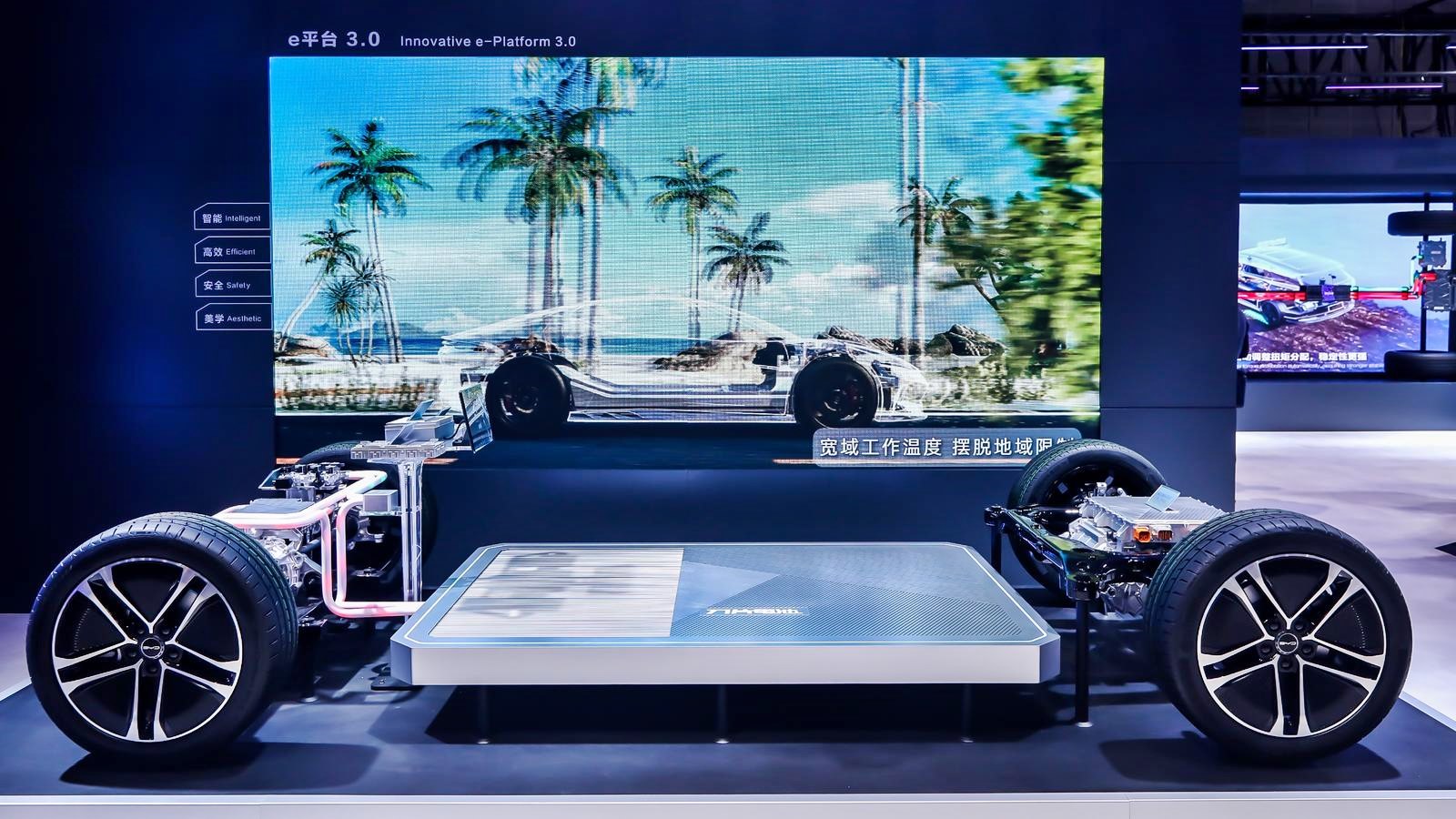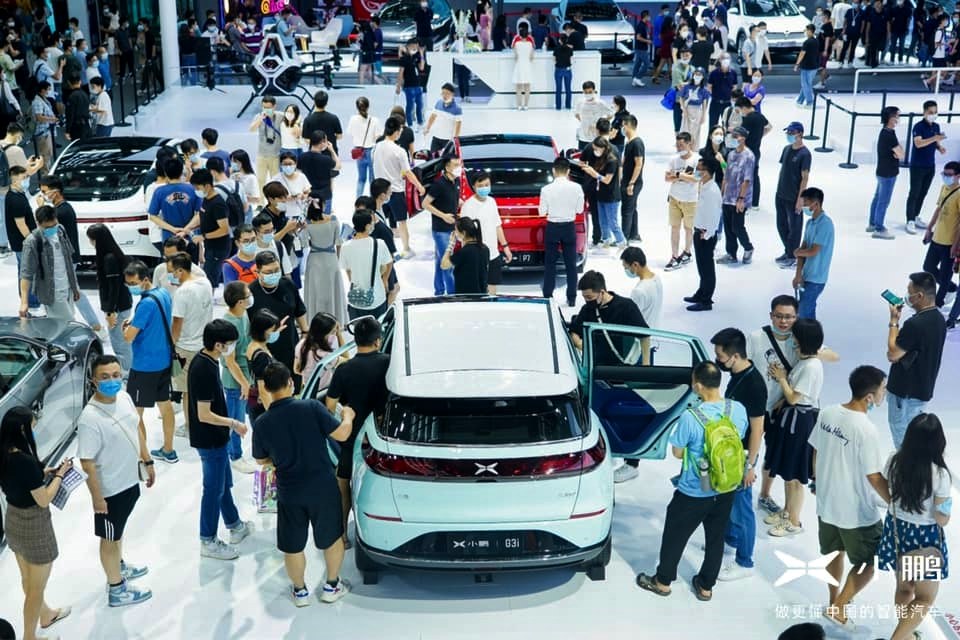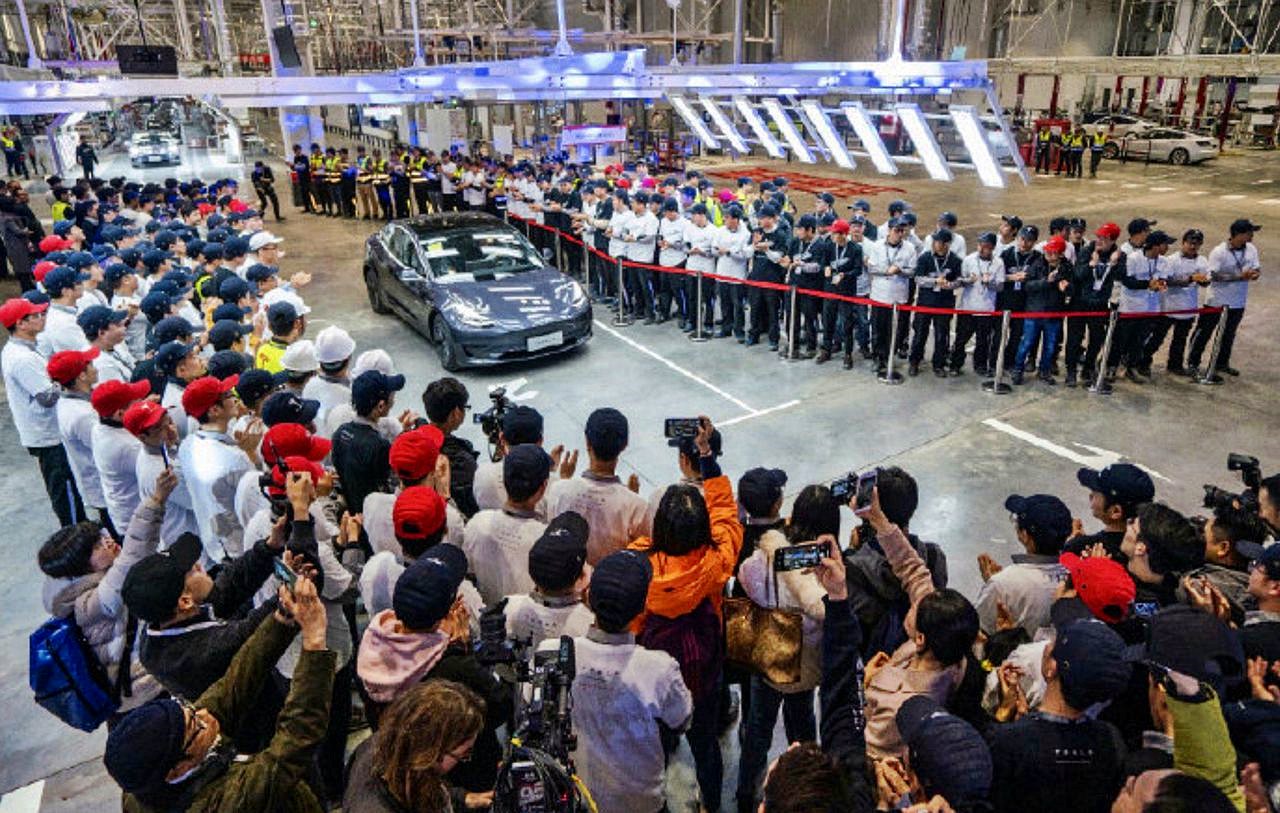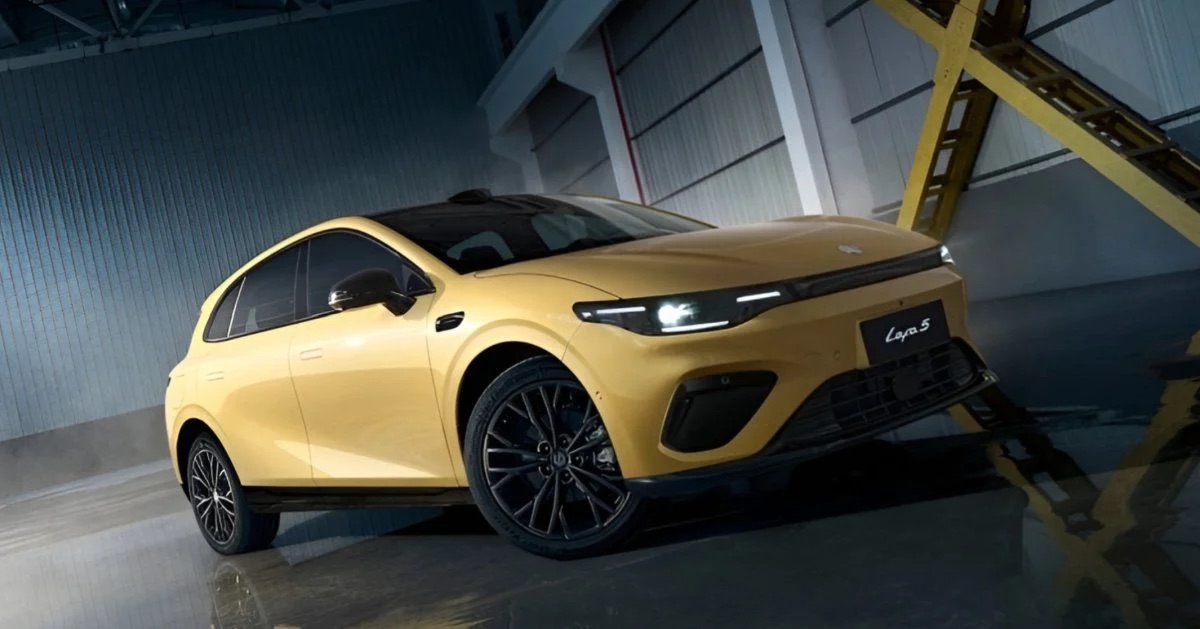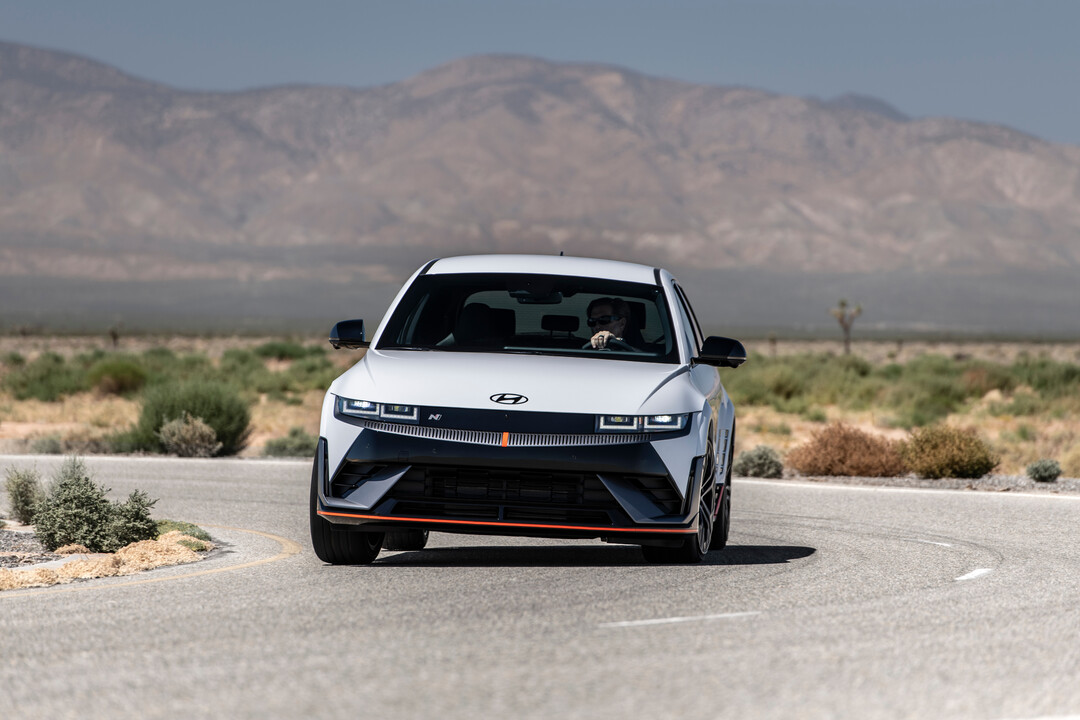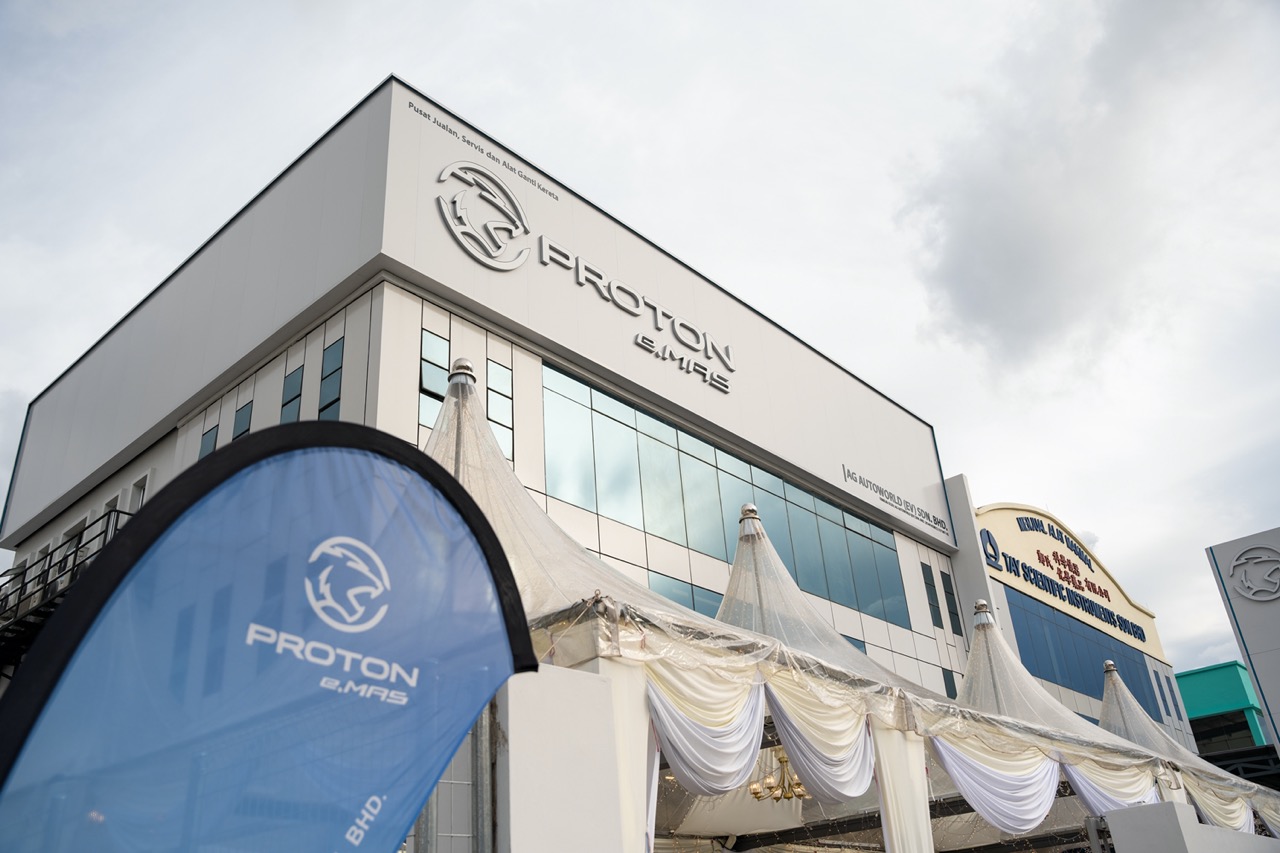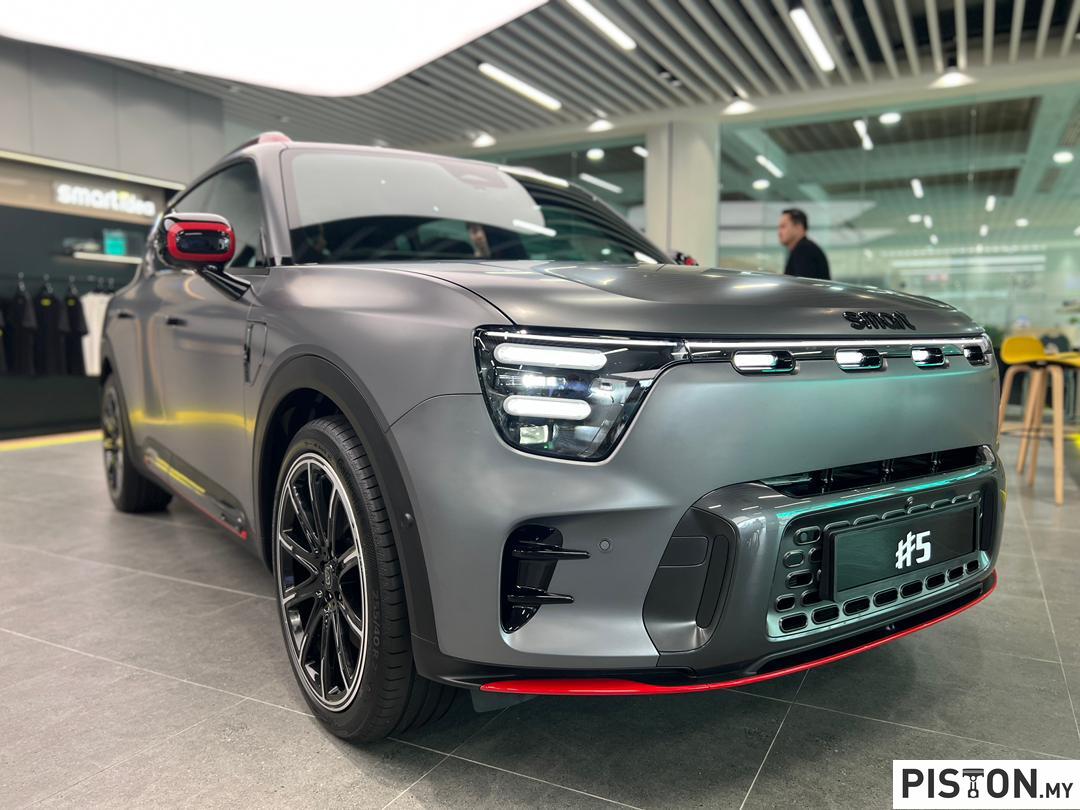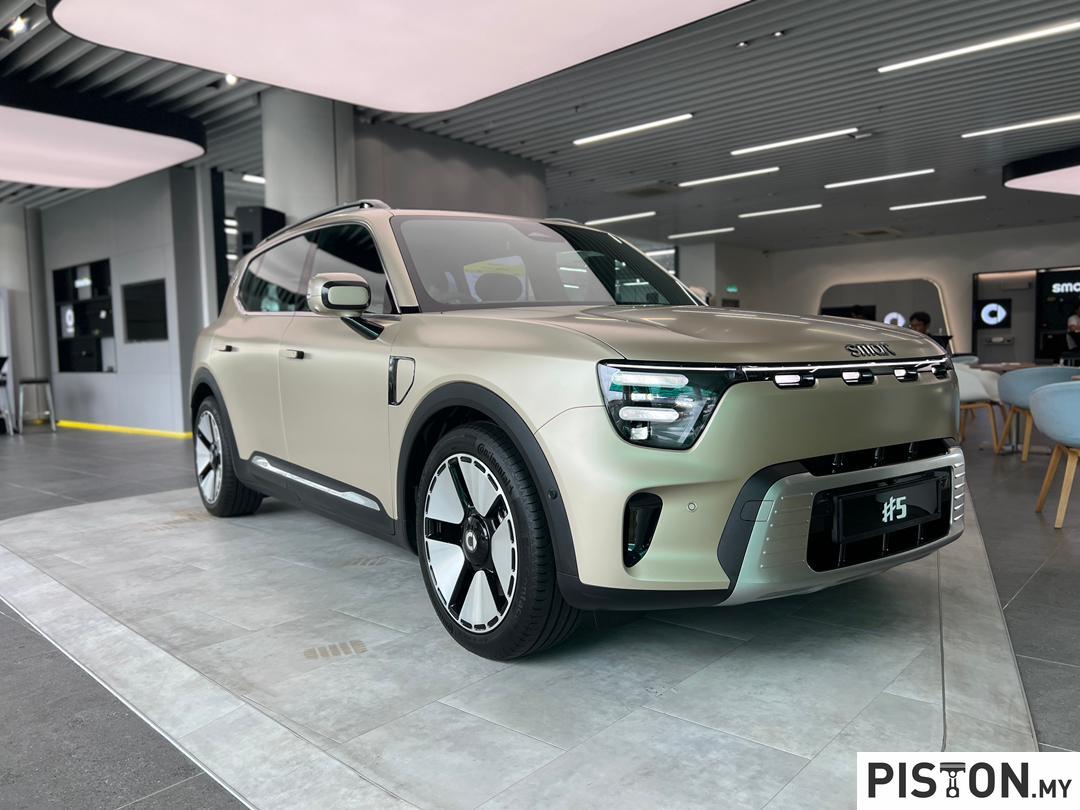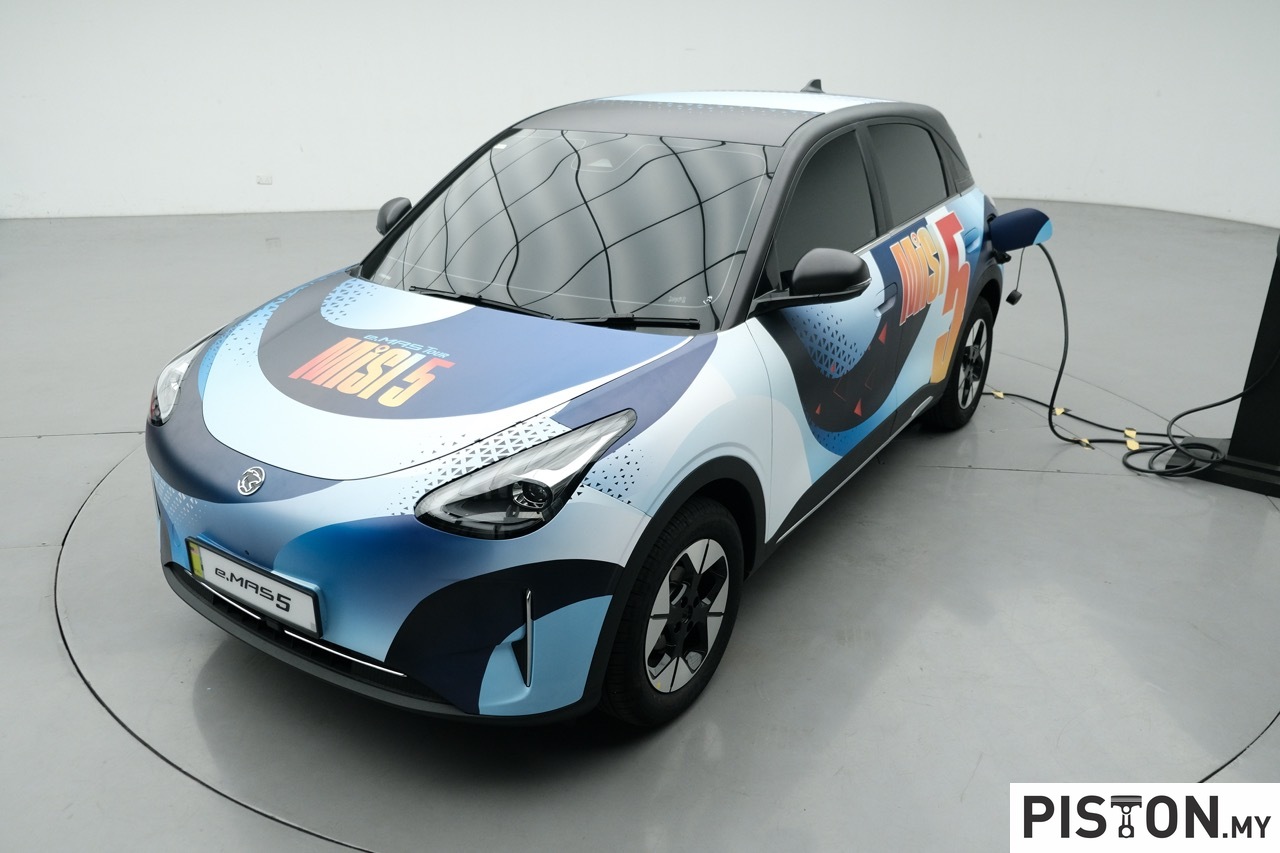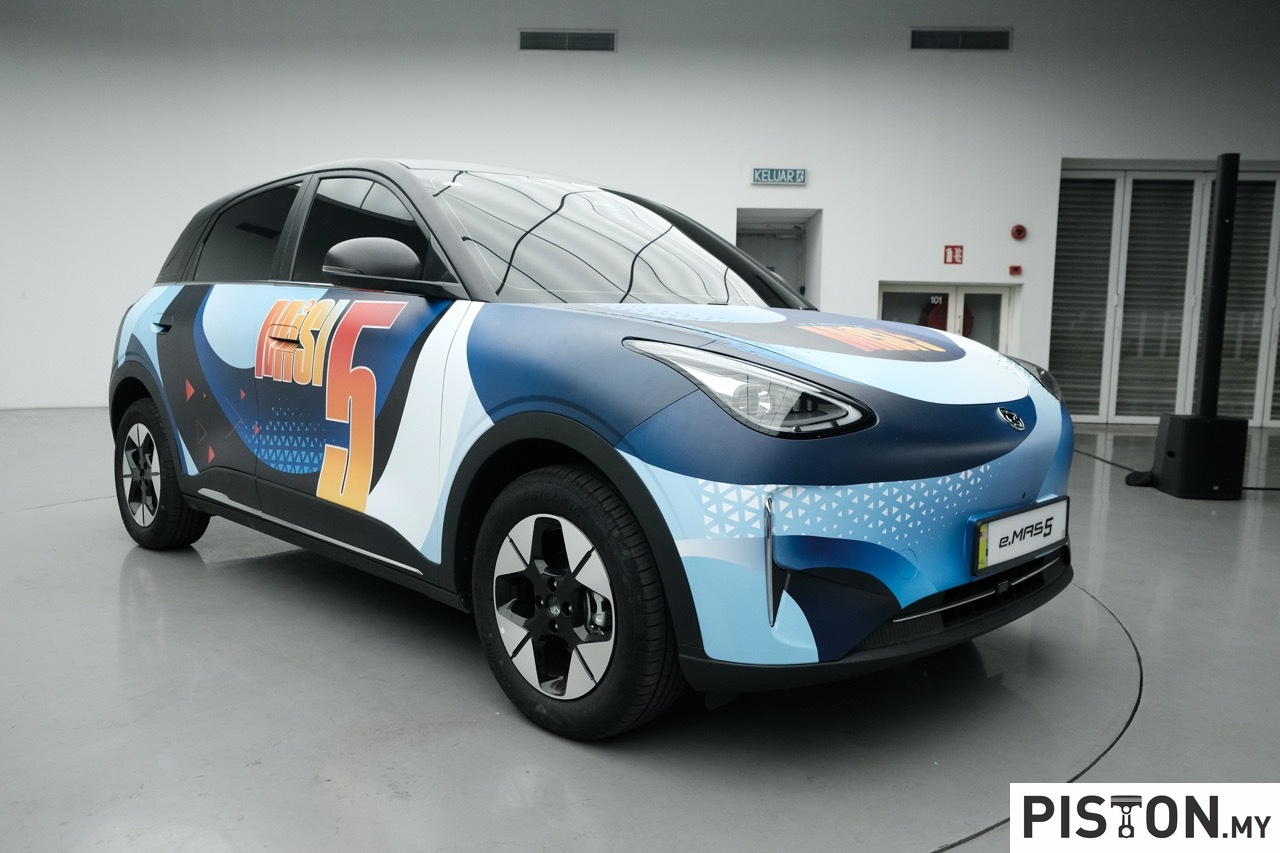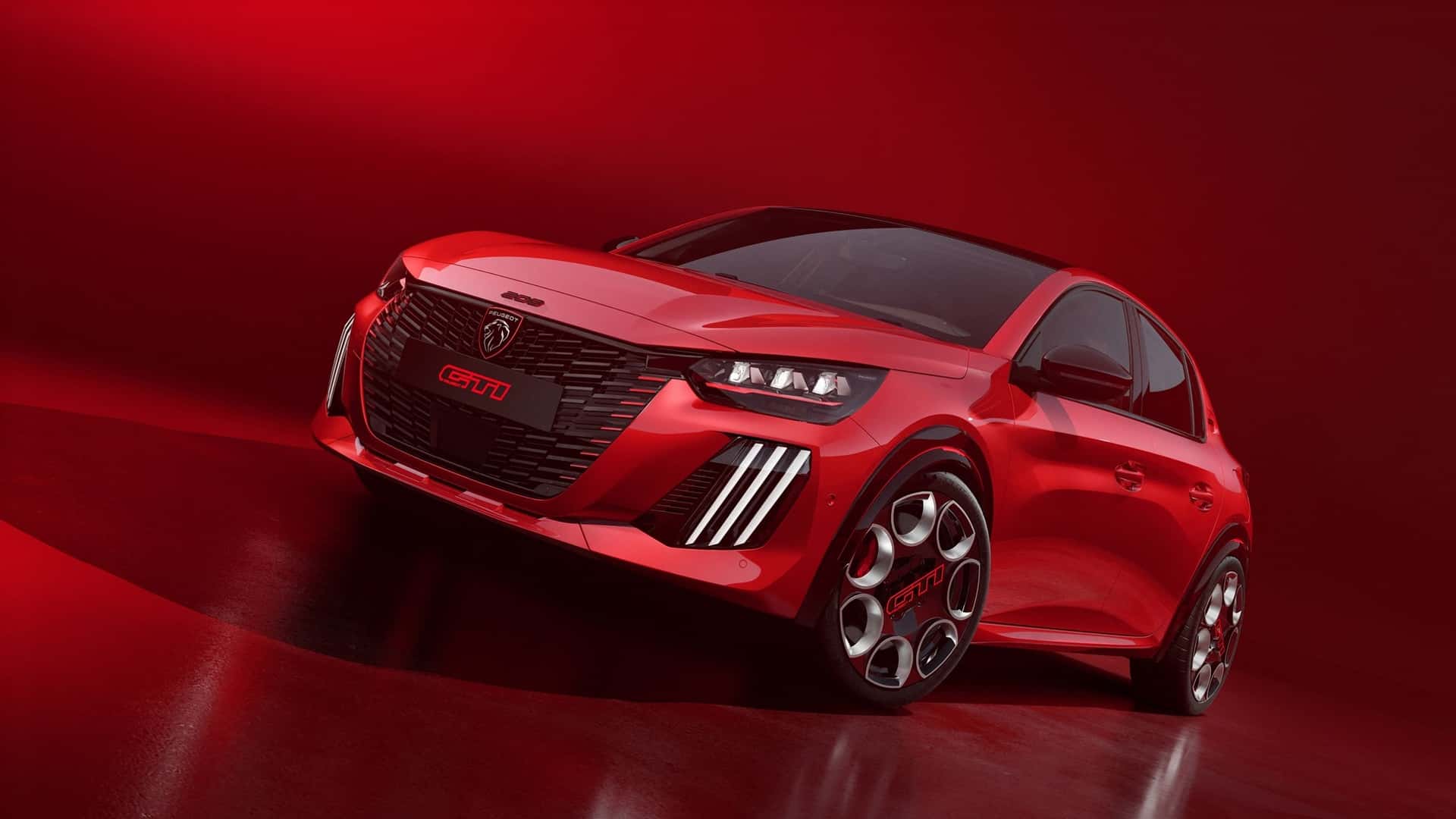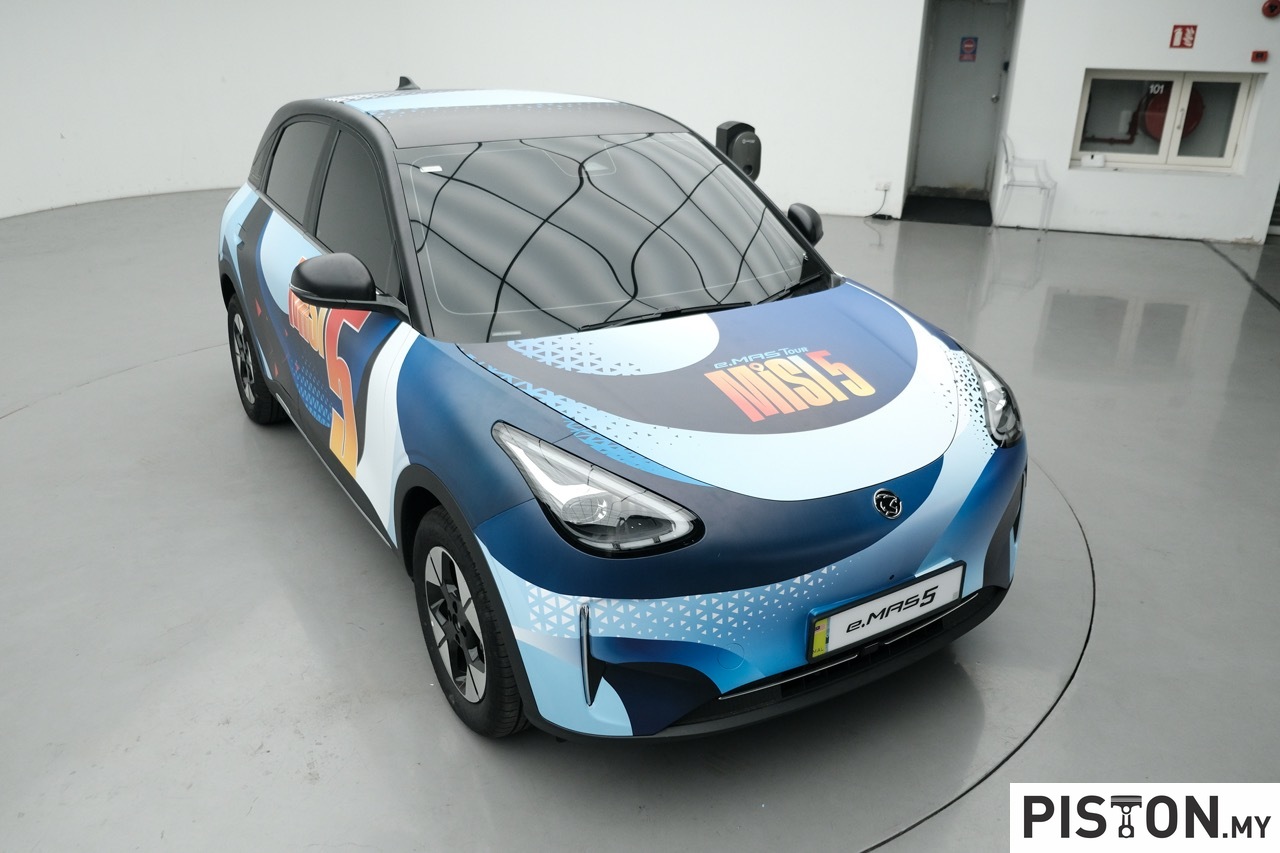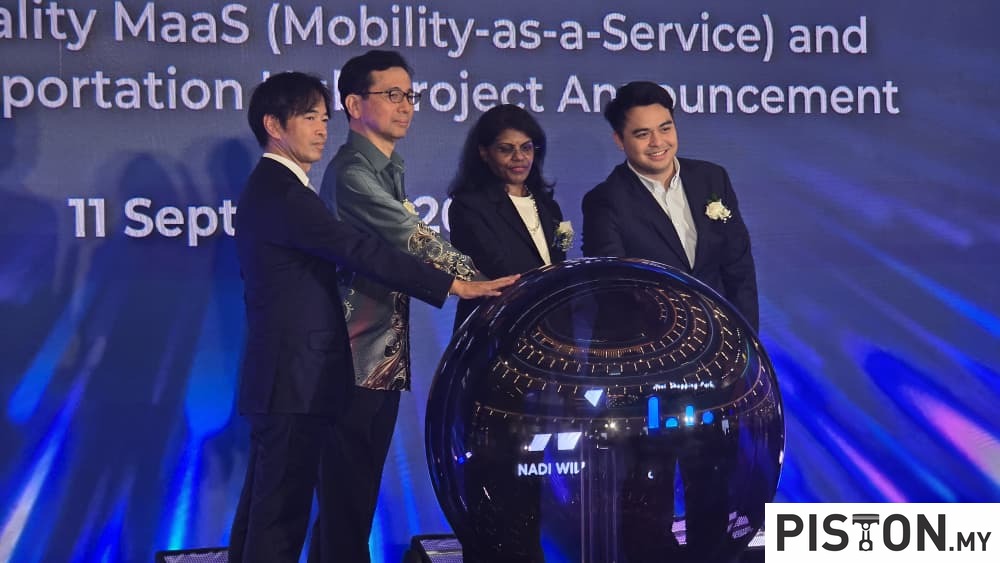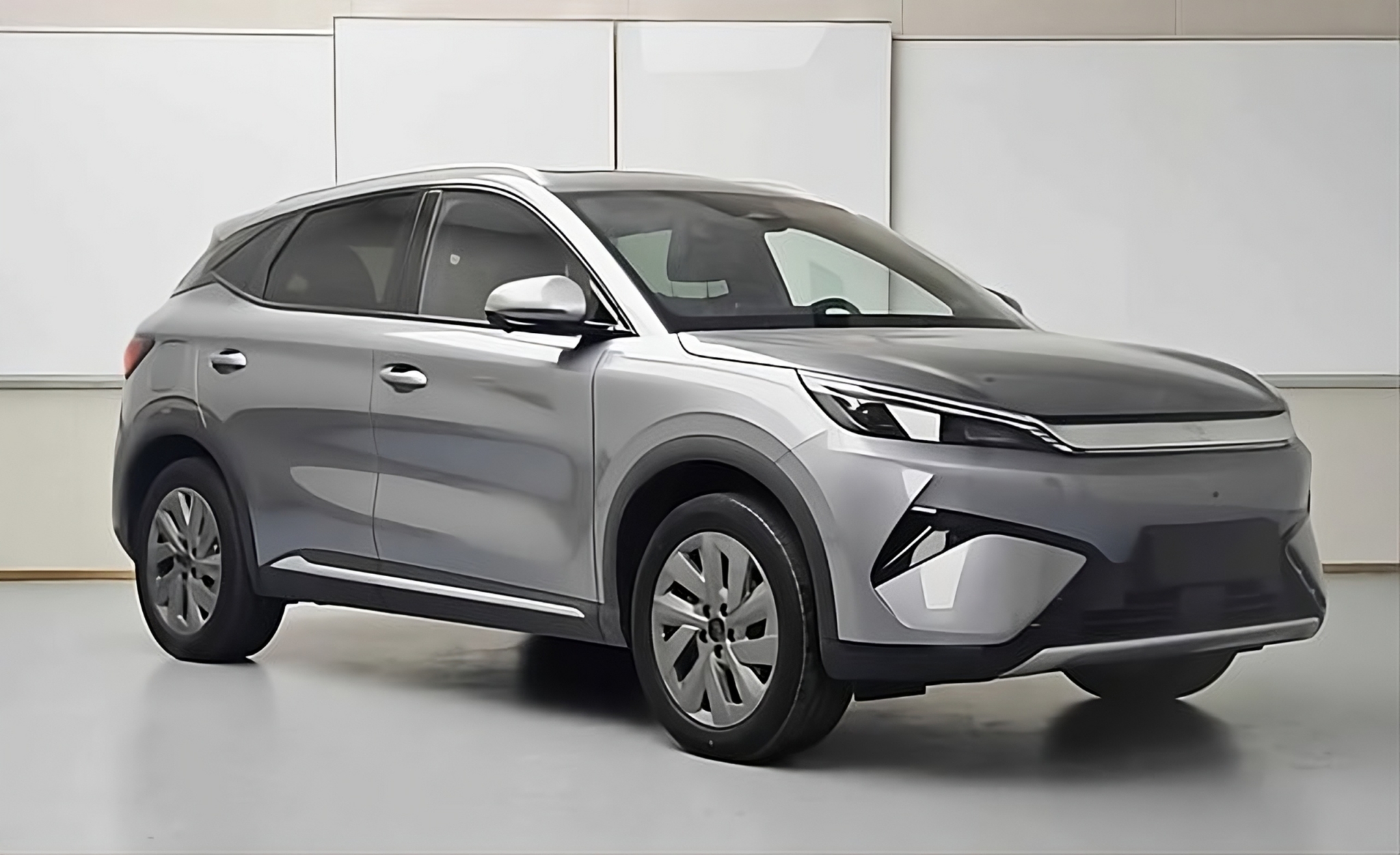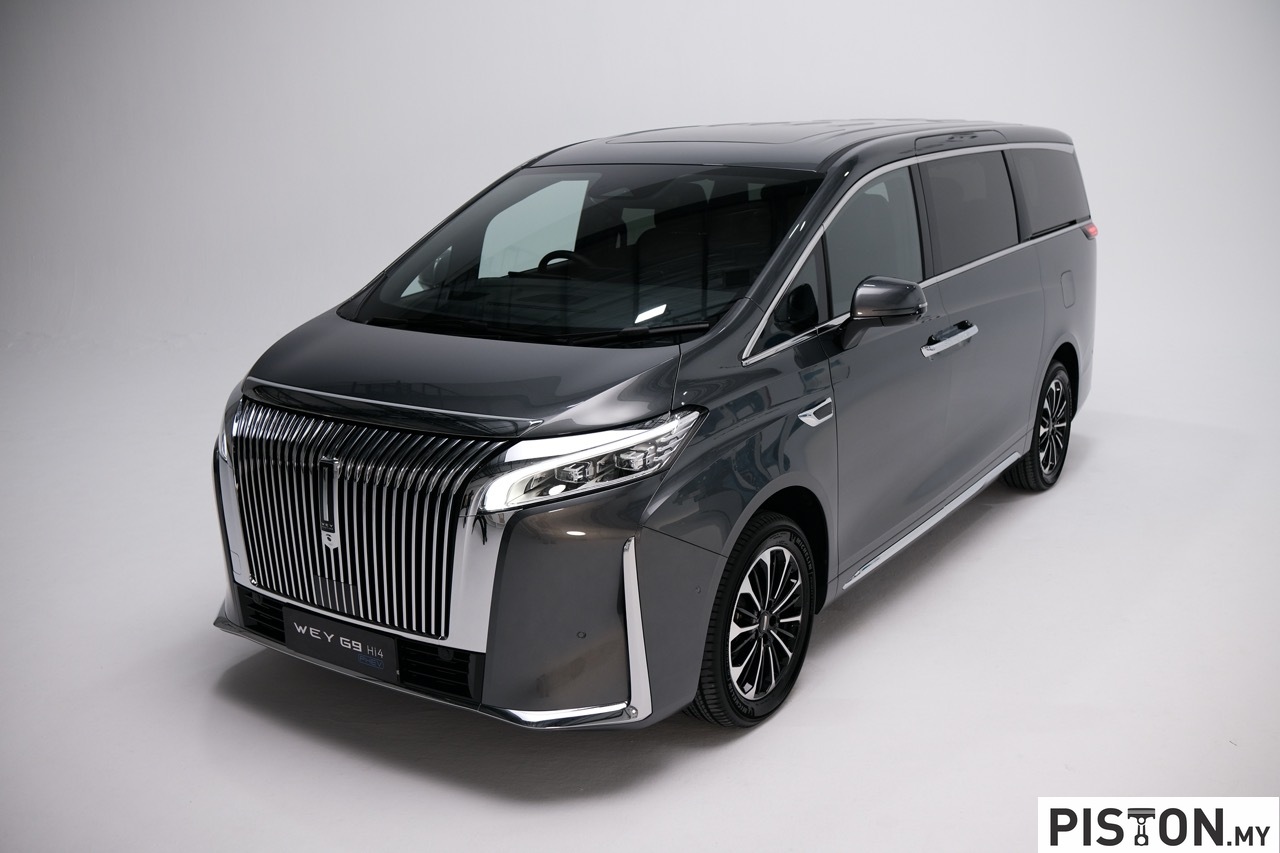Before 2020, flying had become commonplace with low-cost carriers making it possible for almost anyone to fly. For Malaysians, heading off the Penang or the East Coast for the weekend was replaced by quick trips to Phuket in Thailand or Bali in Indonesia. Then COVID-19 attacked the planet and that changed things. People are flying again but it’s no longer the same and with the strict procedures and quarantines in different countries, it is also not enjoyable.
So Car Design Research (CDR — a UK based agency) has come up with the idea of the Budget Airline Car. No, it’s not another flying car but it is aimed at providing alternative to flying, short-haul in particular, by using a large super-efficient low-cost electric car. Such a car might be appealing for people who don’t want to be close to hundreds of others in airports and aircraft cabins, or who want to help save the planet by not using the most environmentally damaging form of transport: the short-haul flight.
Conceived during the lock-down in Britain last year, the Budget Airline Car is a concept for a new type of car design that would produce only 2% of the emissions per passenger compared to a short-haul flight. The core concept was developed closely with CDR design associates Yichen Shu in China and Aditya Jangid in India, both of whom then designed subtly different exterior design themes.
Today, an increasing number of new cars are electrified, full of connected services, with increasing autonomous capabilities. But. in design. they are not so different to cars from 20, even 50, years ago. Almost all still seat the driver and passenger on separate seats up front, and two or three behind, with one separate space at the rear for luggage accessed from outside.
It’s a formula that works, so why change it? Well, there are two big reasons: because the way people live has changed since this design pattern was established 100 years ago; and because new technologies are unlocking the potential for design change. There’s a third and fourth reason to change too: because globally we are facing a climate emergency, and because we are in the midst of a pandemic — both huge imperatives for truly new types of car design.
The CDR team looked at this context of a fast-changing world and saw opportunities for car design. They came up with 6 new car types that would be enabled by new technologies, and that would be part of uniquely pertinent future scenarios. One of these focused on being an alternative to the short-haul flight — the form of transport most at the heart of today’s imperatives to change because it creates an increasingly untenable level of environmental damage. COVID-19 concerns also make being in airport queues and airplane cabins less desirable.
So, the core concept for the Budget Airline Car is for a shared super-efficient car to be offered by budget airlines or hire car brands as an alternative service to short-haul flights. A short-haul flight is defined as a journey of up to 3 hours, or up to 1,100 kms. That’s the flying distance from Kuala Lumpur to Bangkok or Jakarta.
The car would seat 6 people in 3 rows and as passengers may not know each other (just as on a flight), each would have a dedicated seat with their cabin baggage securely stored within easy reach. This would have greater privacy and space than afforded by existing cars’ second and third row seats.
This three-seat row layout can be realised within an overall length of 5 metres, despite each seat space being equally large, because of the benefits of compact electric motors. The 2-person wide layout also contributes to a reduced frontal area compared to a car designed to seat three people side-by-side.
The electric powertrain would be developed for long-distance mid-speed cruising, rather than high performance, and the design would prioritise aerodynamics. The length of 5 metres would make the Budget Airline Car as long as a current Volvo XC90, but its 1.8-metre width and 1.5-metre height would give it 20% less frontal area. This, along with a more slippery shape/lower drag coefficient, would make it markedly more aerodynamic and thus more energy-efficient.
Passengers could share the driving, with good driving incentivised by the shared-economy digital platform that they access the service through (akin to eBay, Airbnb, and other shared service platforms). A suite of advanced driver assistance systems (ADAS) would aid safety, with fully autonomous drive also becoming available over time.
While the idea may not be as useful in Malaysia, other than going from Kuala Lumpur to Bangkok (and places in between), the design would still offer possibilities for domestic travel around the peninsular. The highway network is already quite well developed so journeys can be smooth and quick. Perhaps instead of being positioned in comparison the a ‘budget airline’, the car could be a premium form of transport that is an alternative to a bus or taxi.

